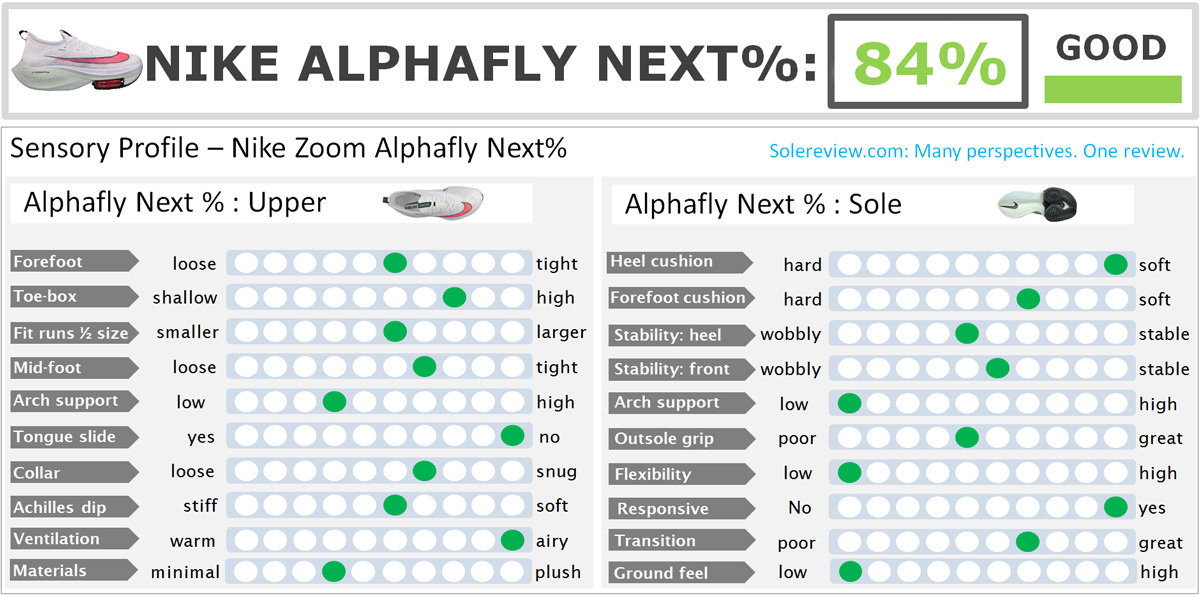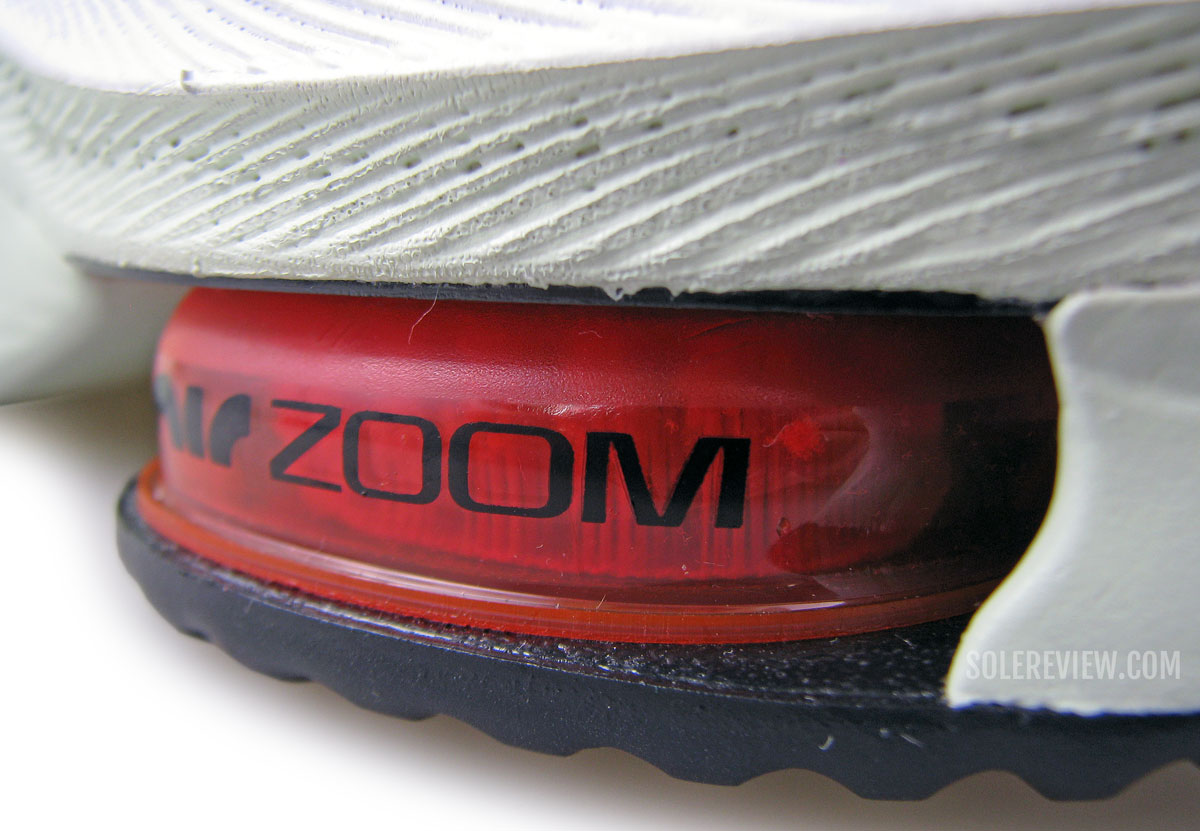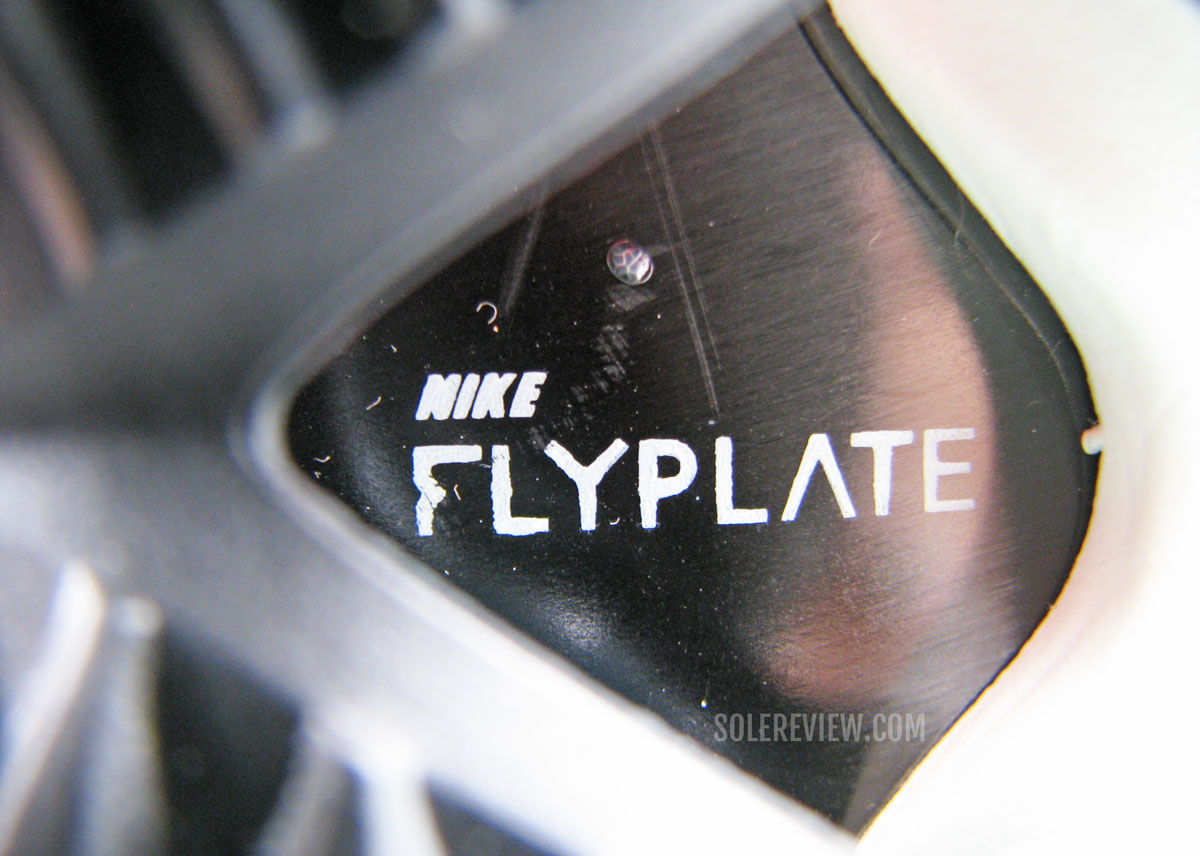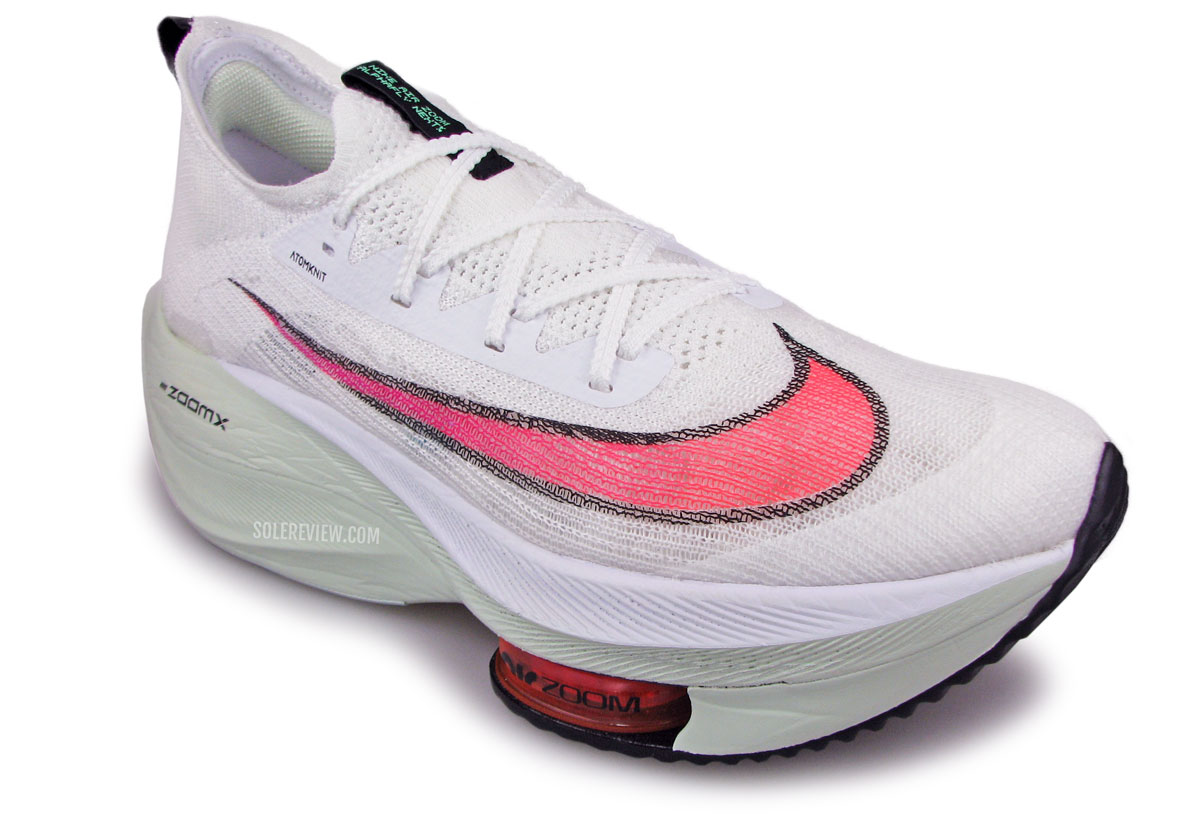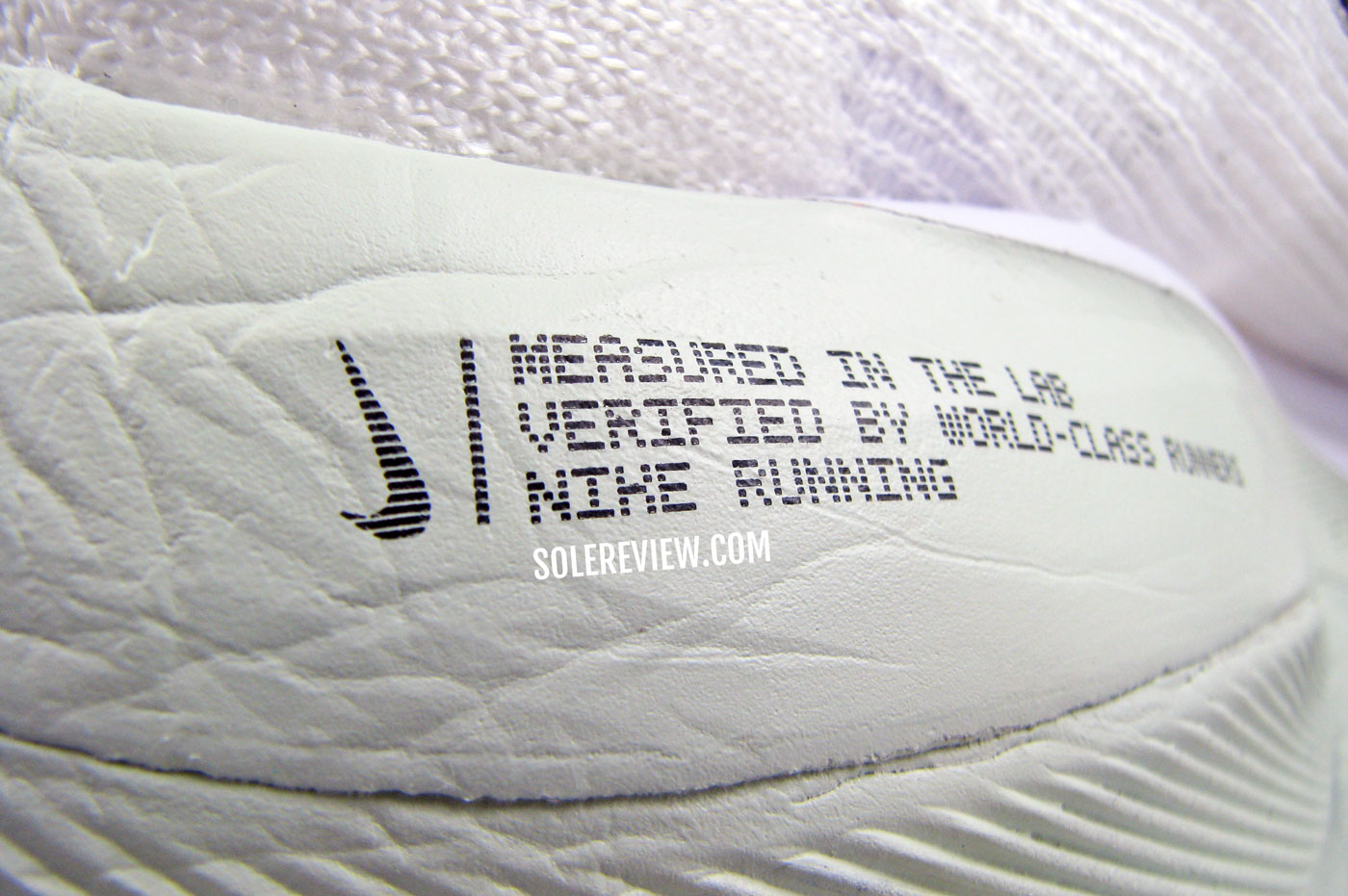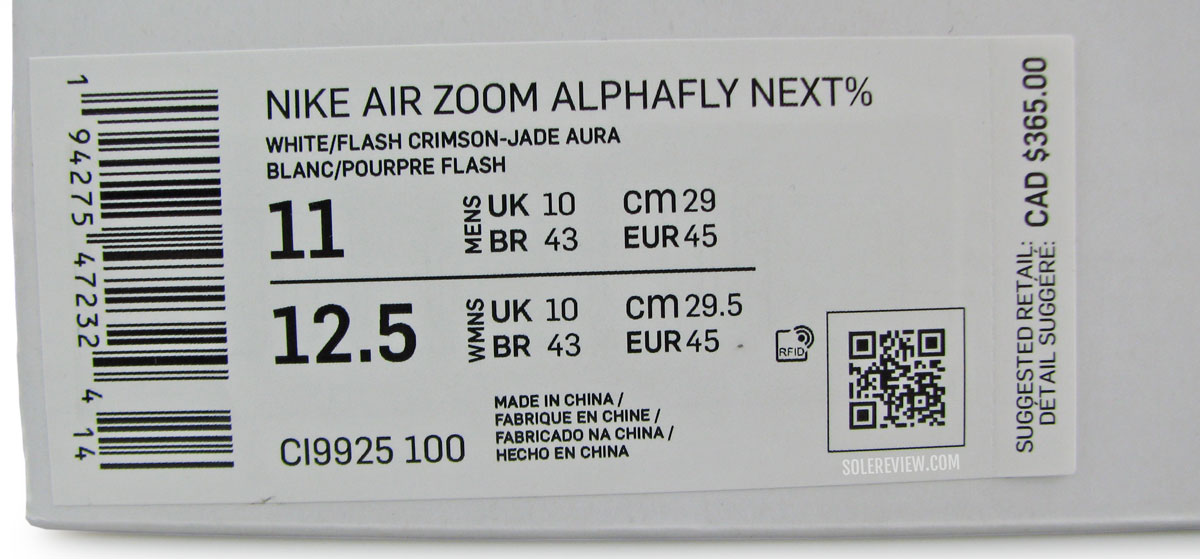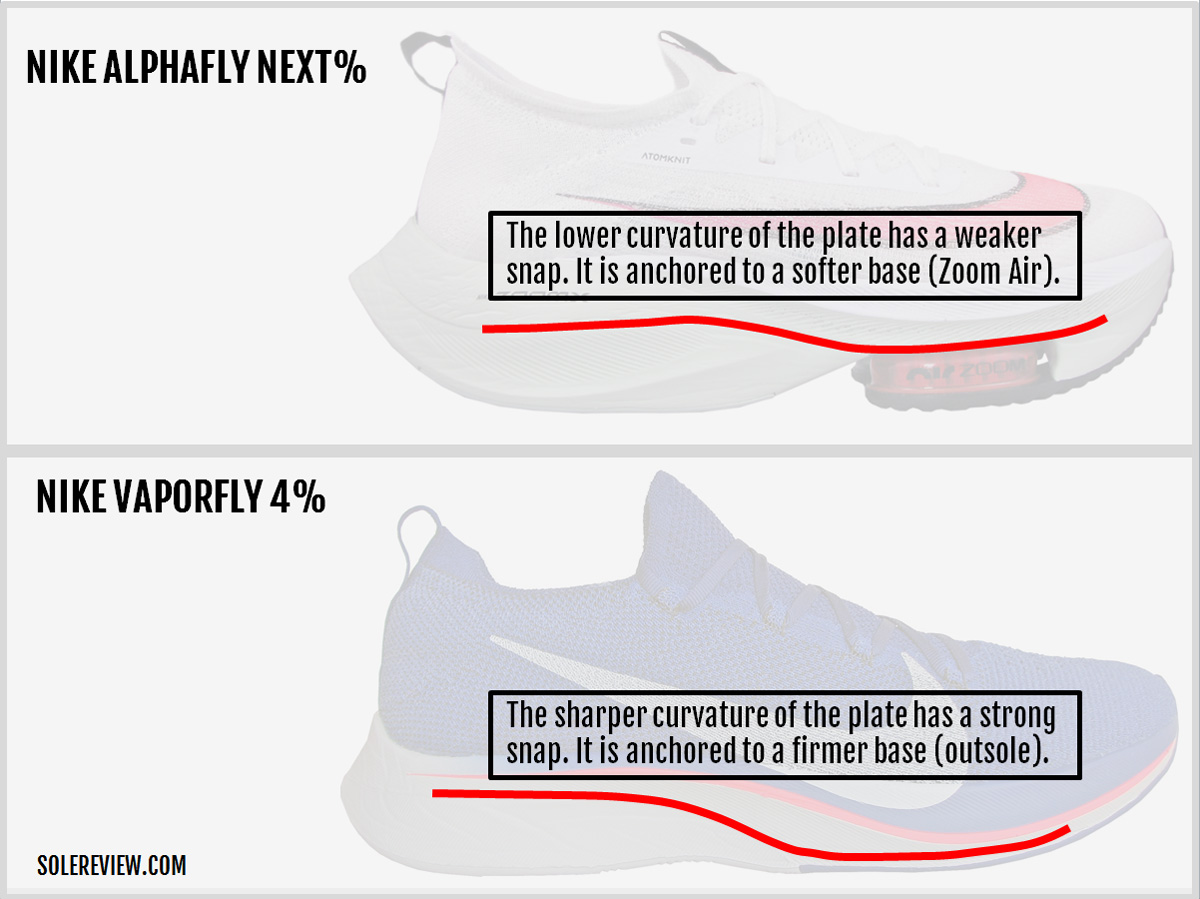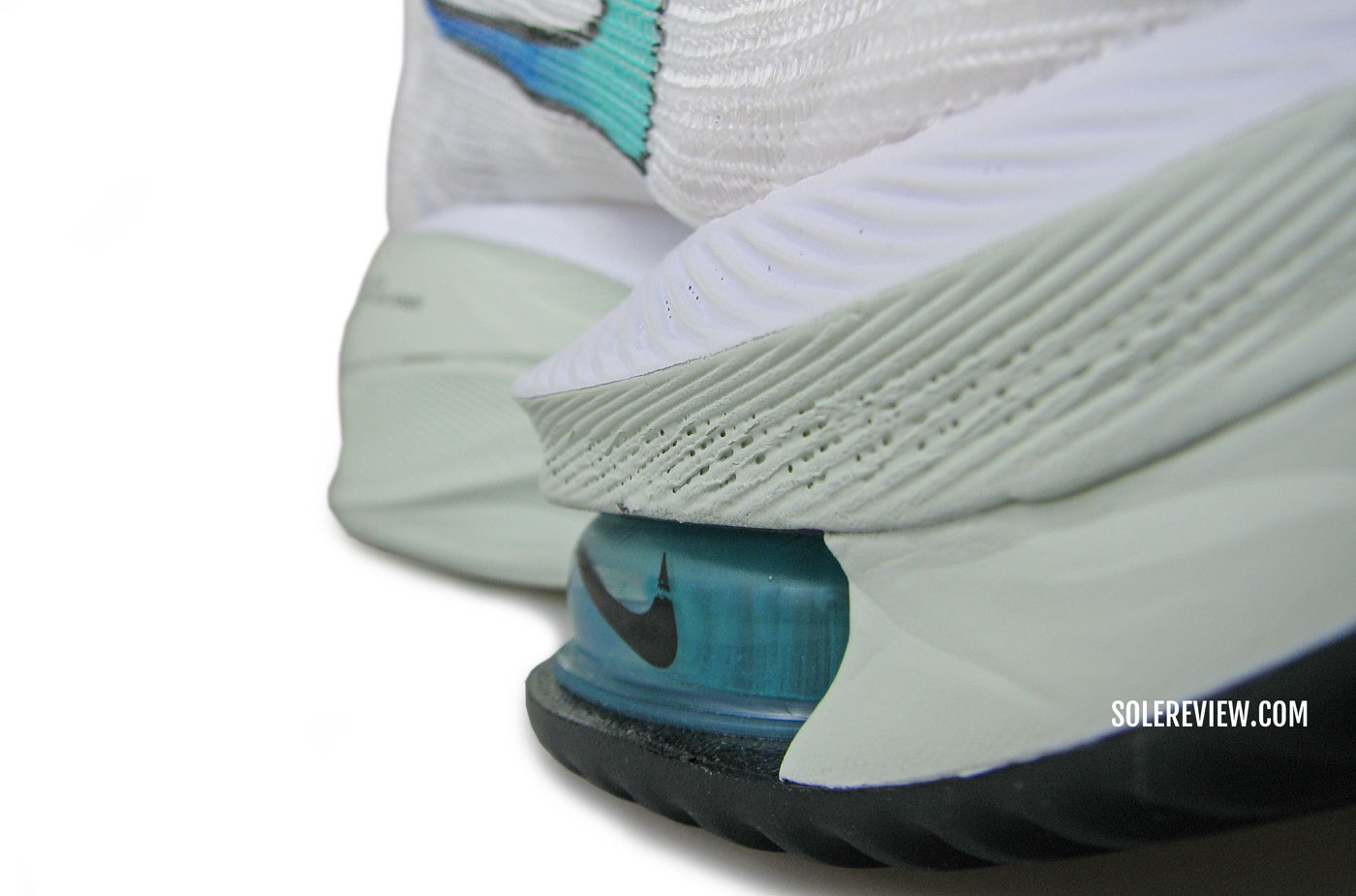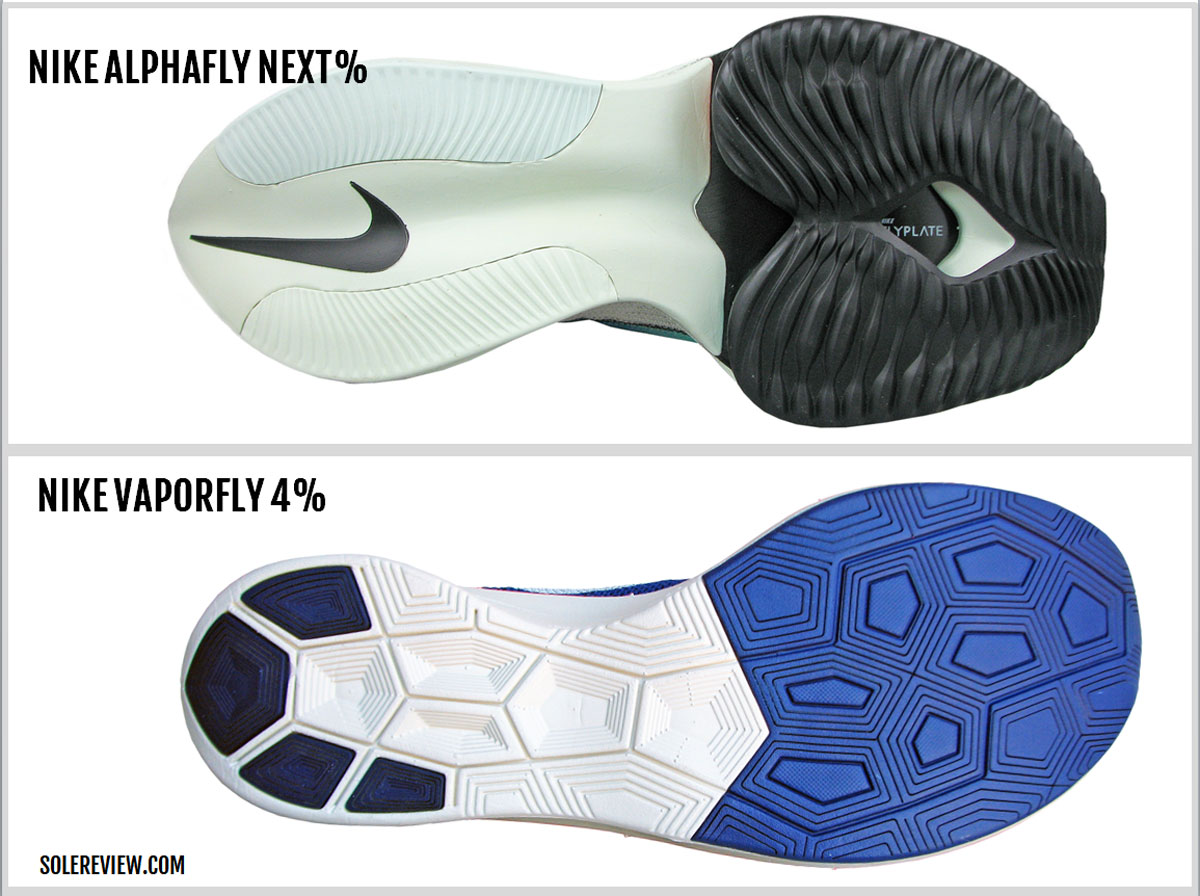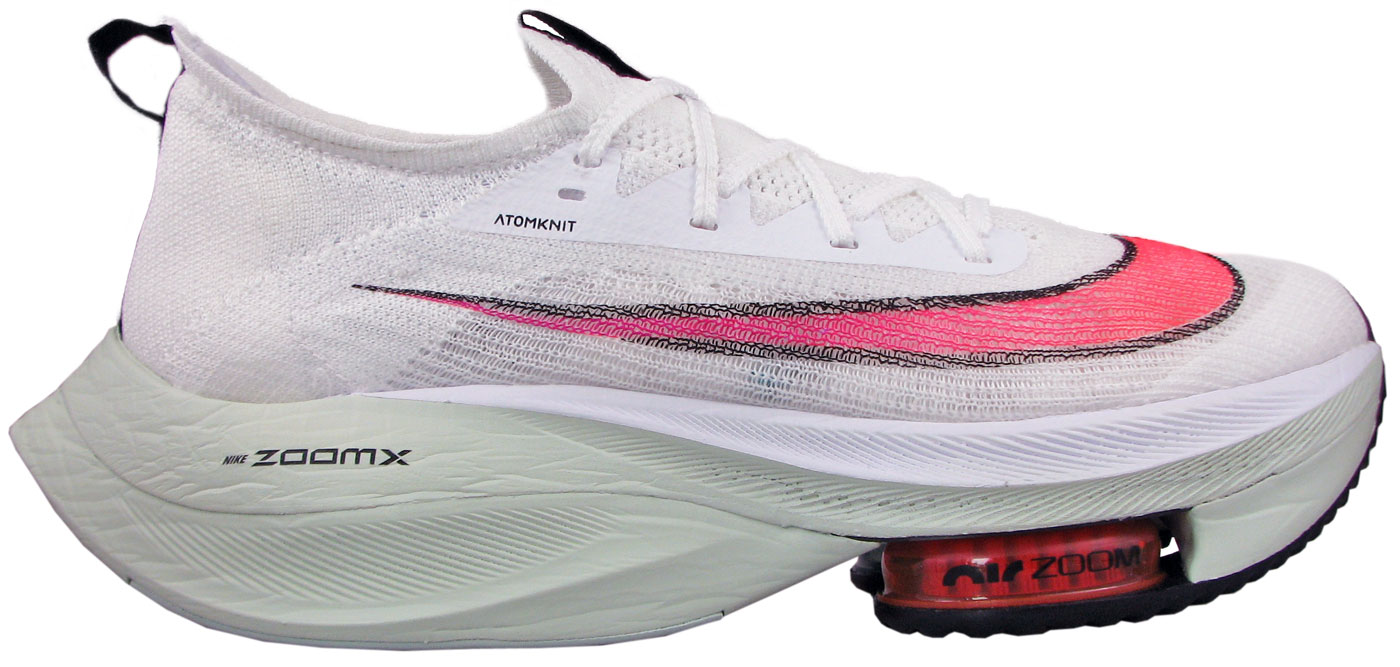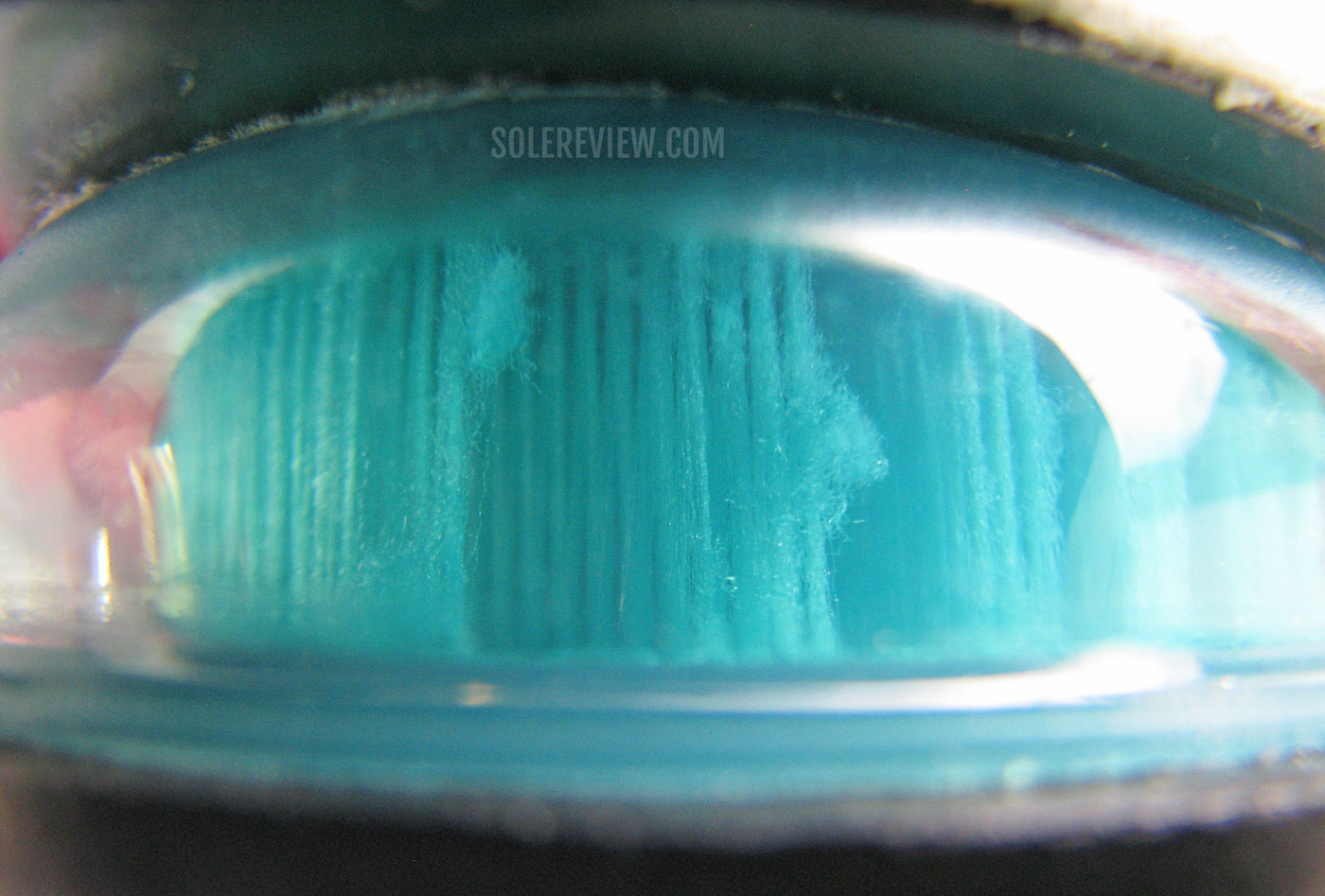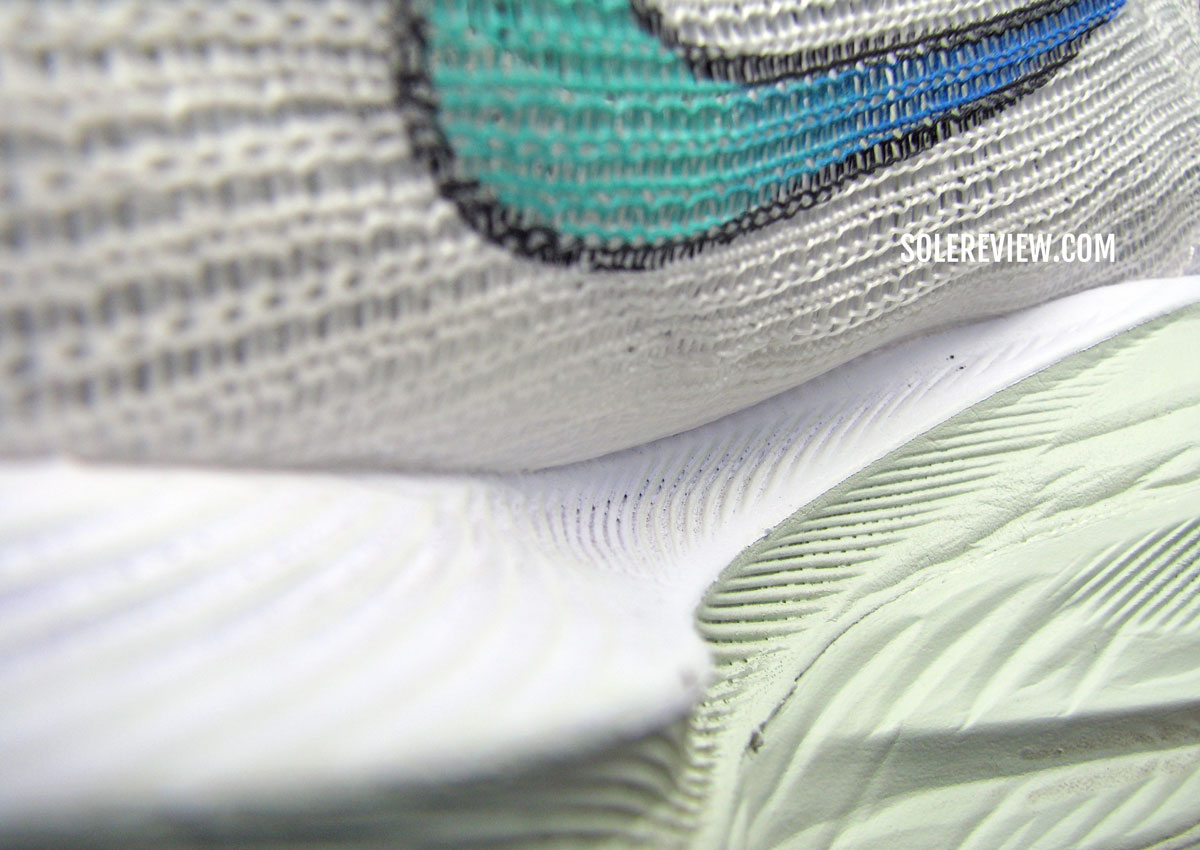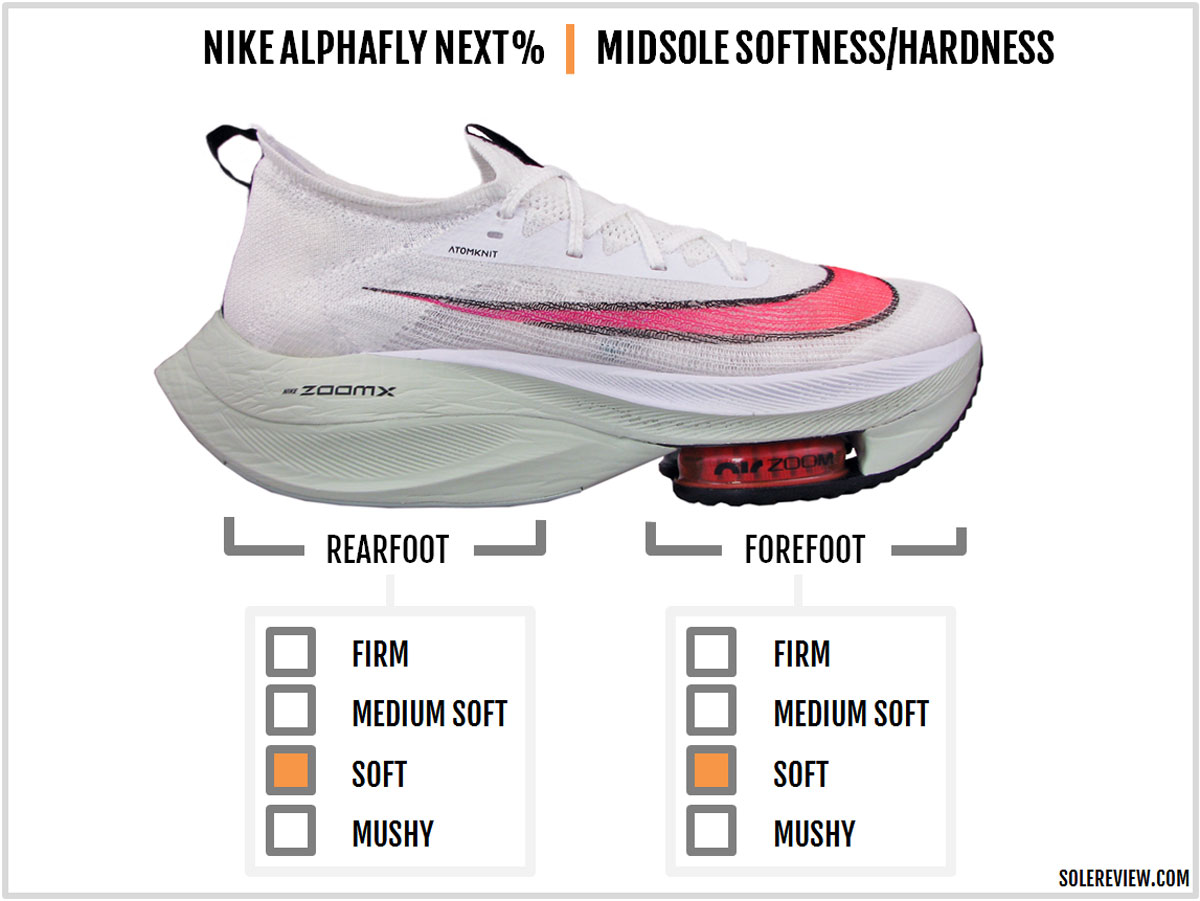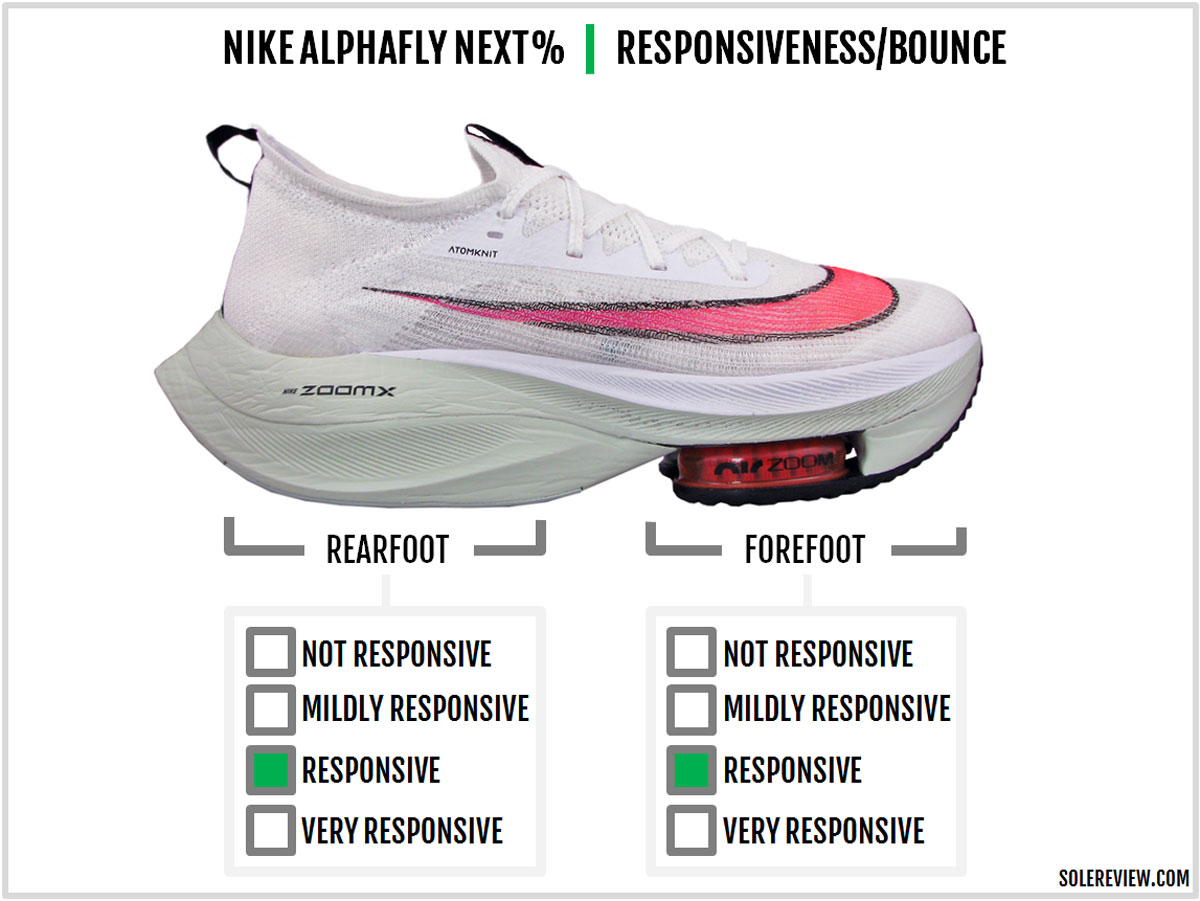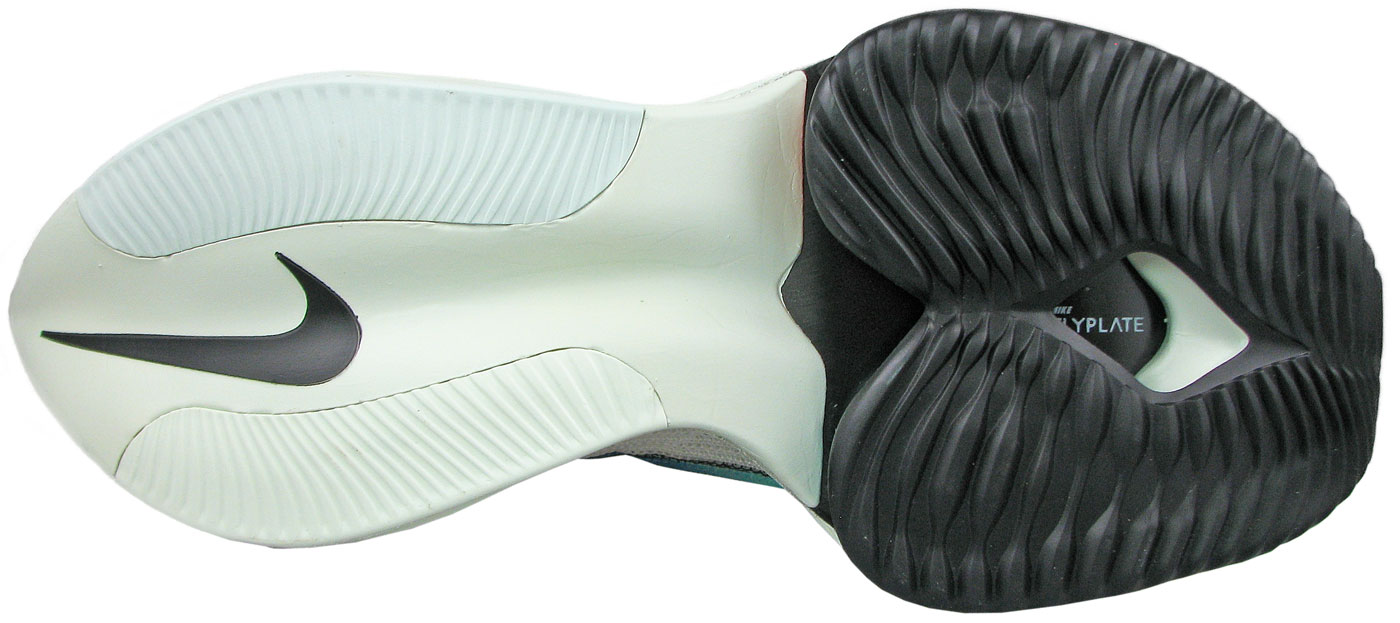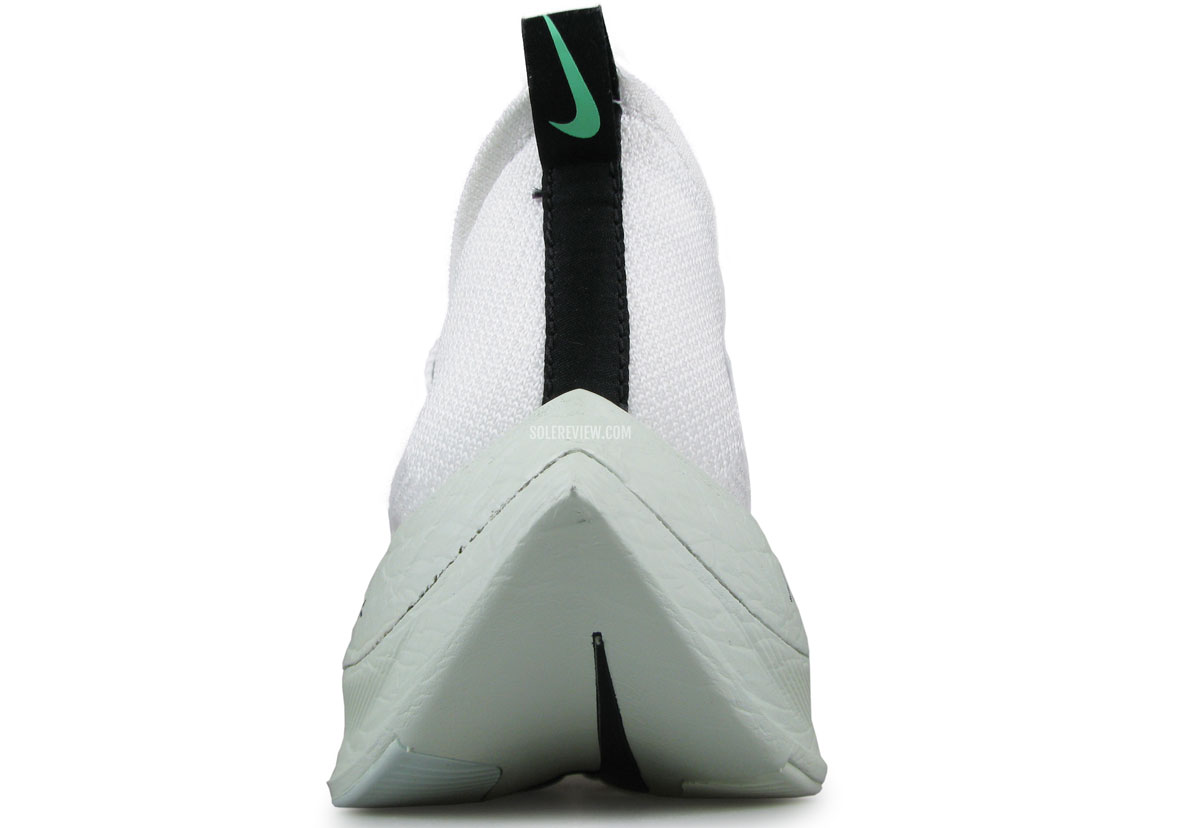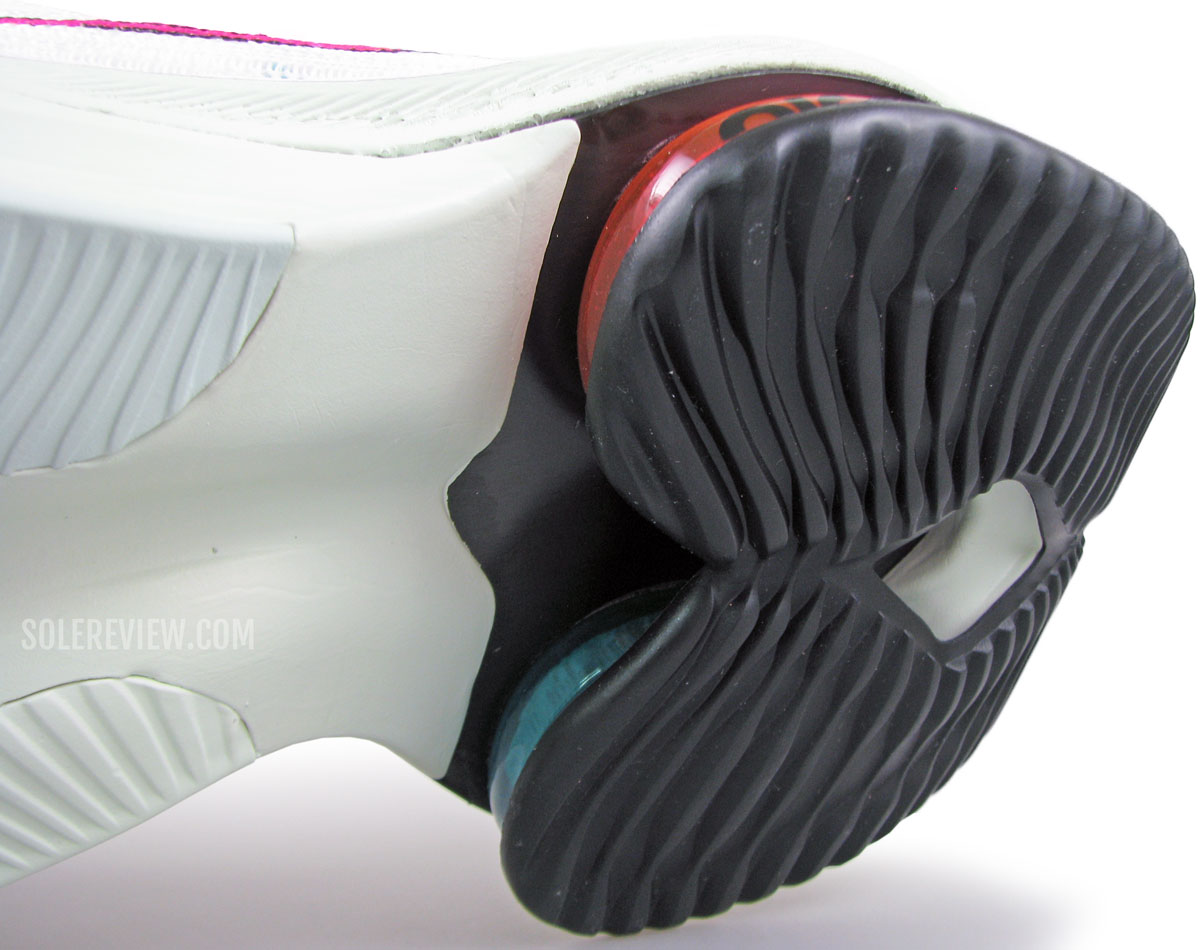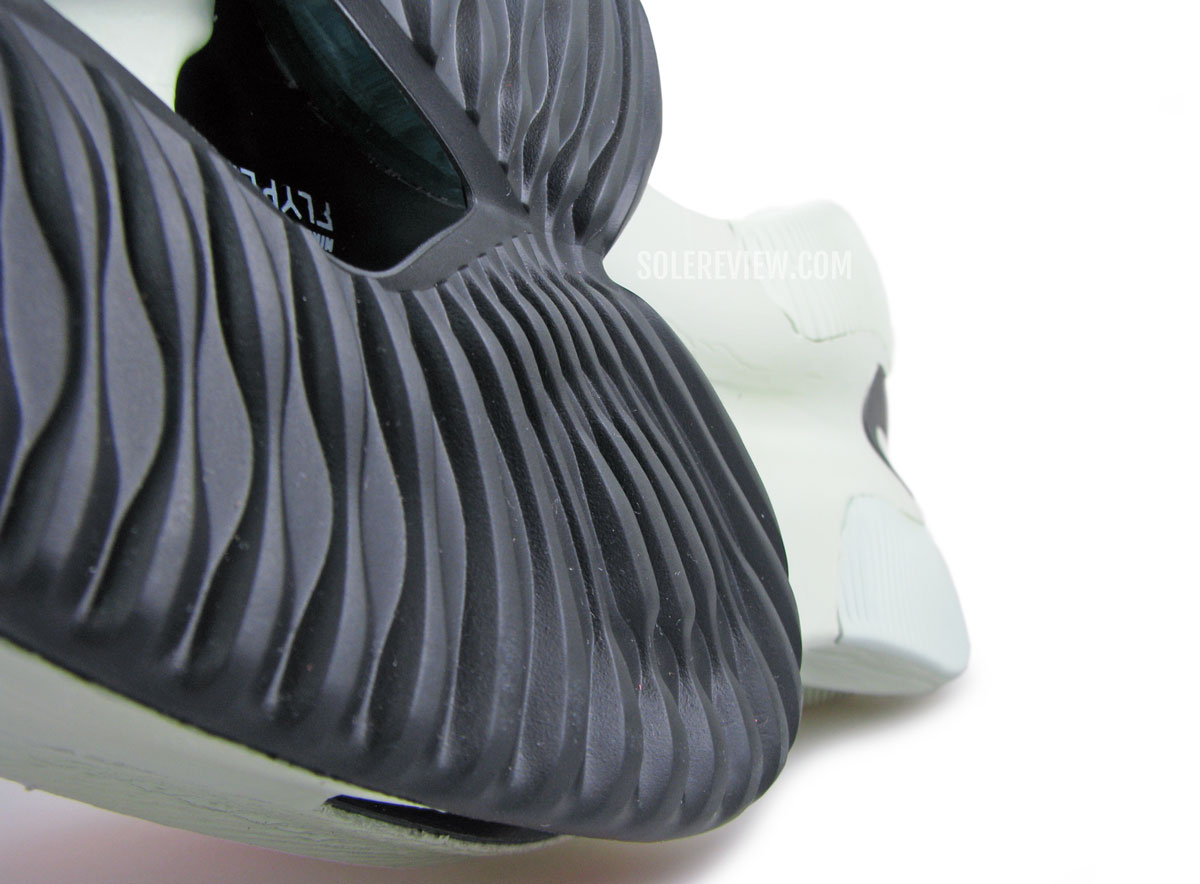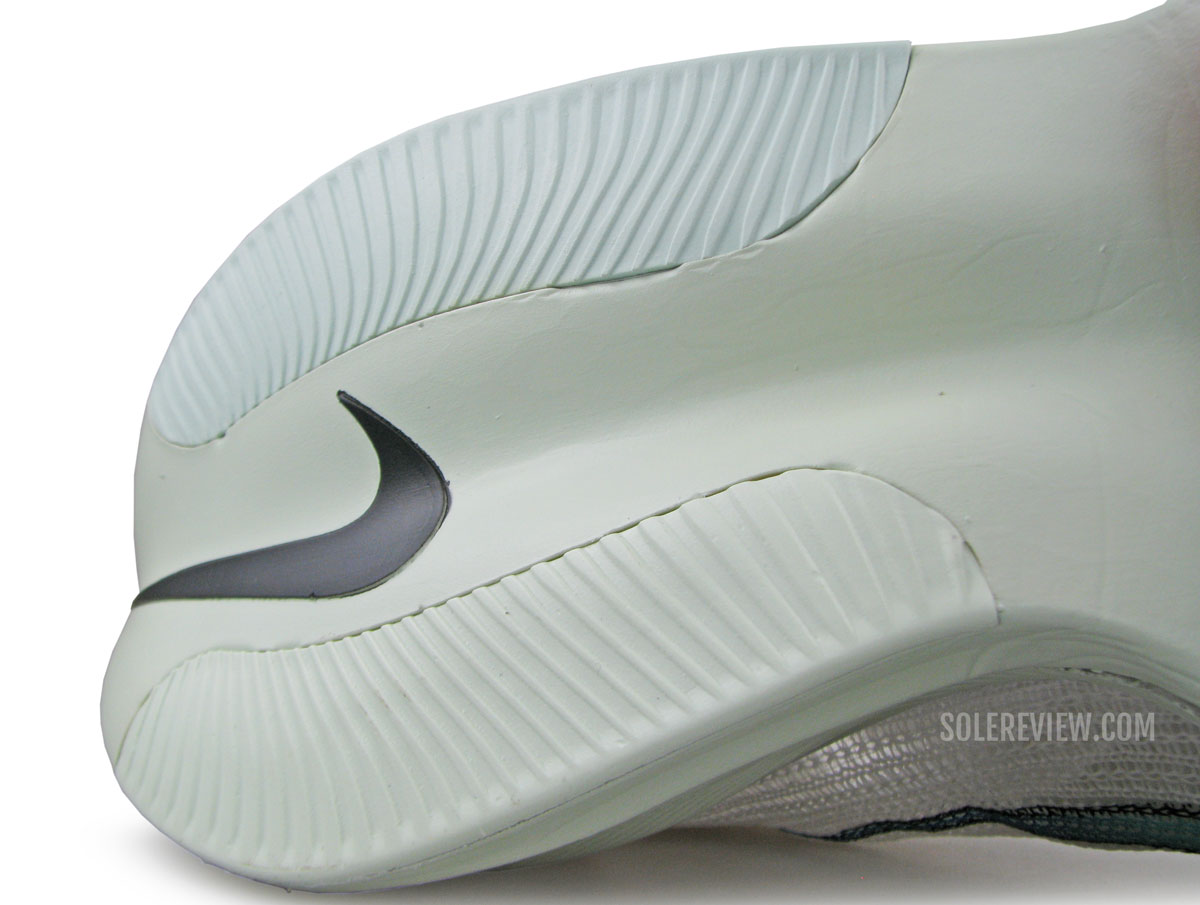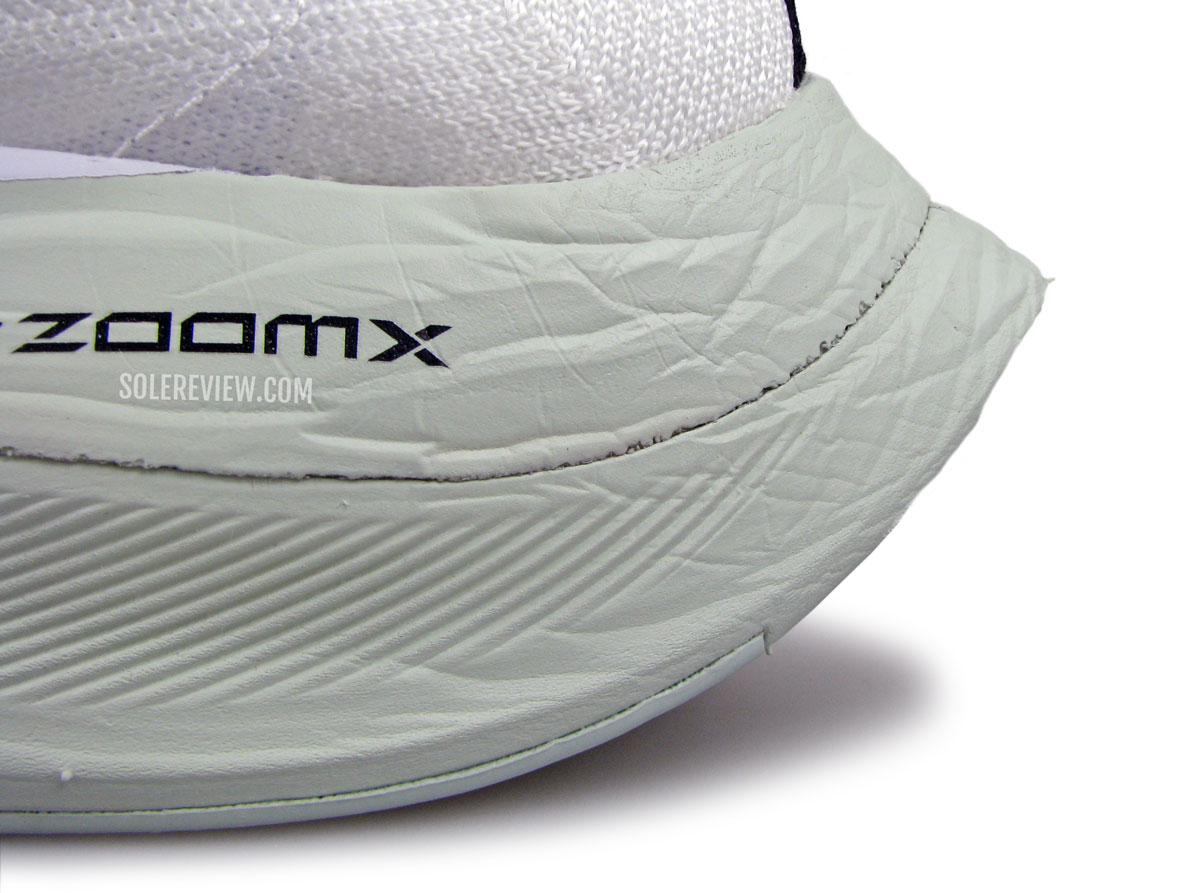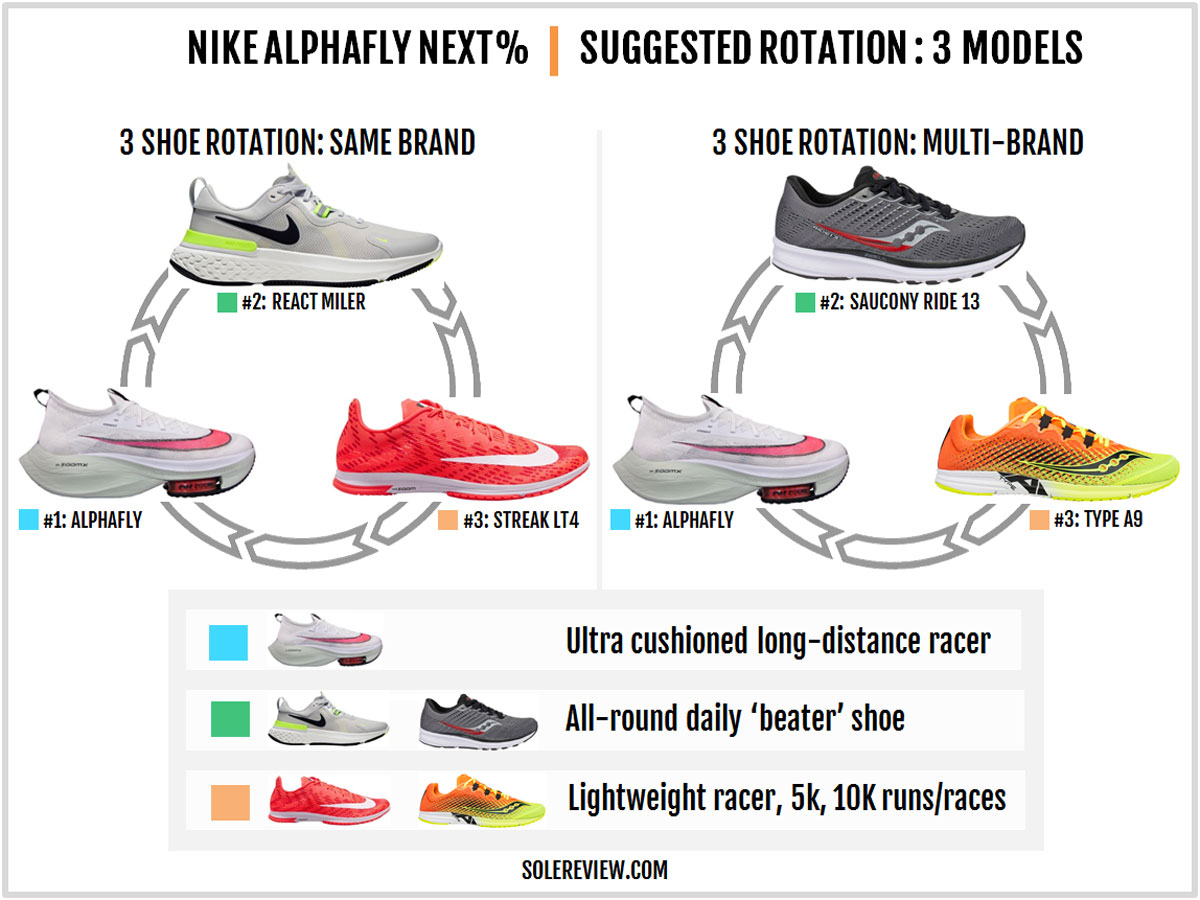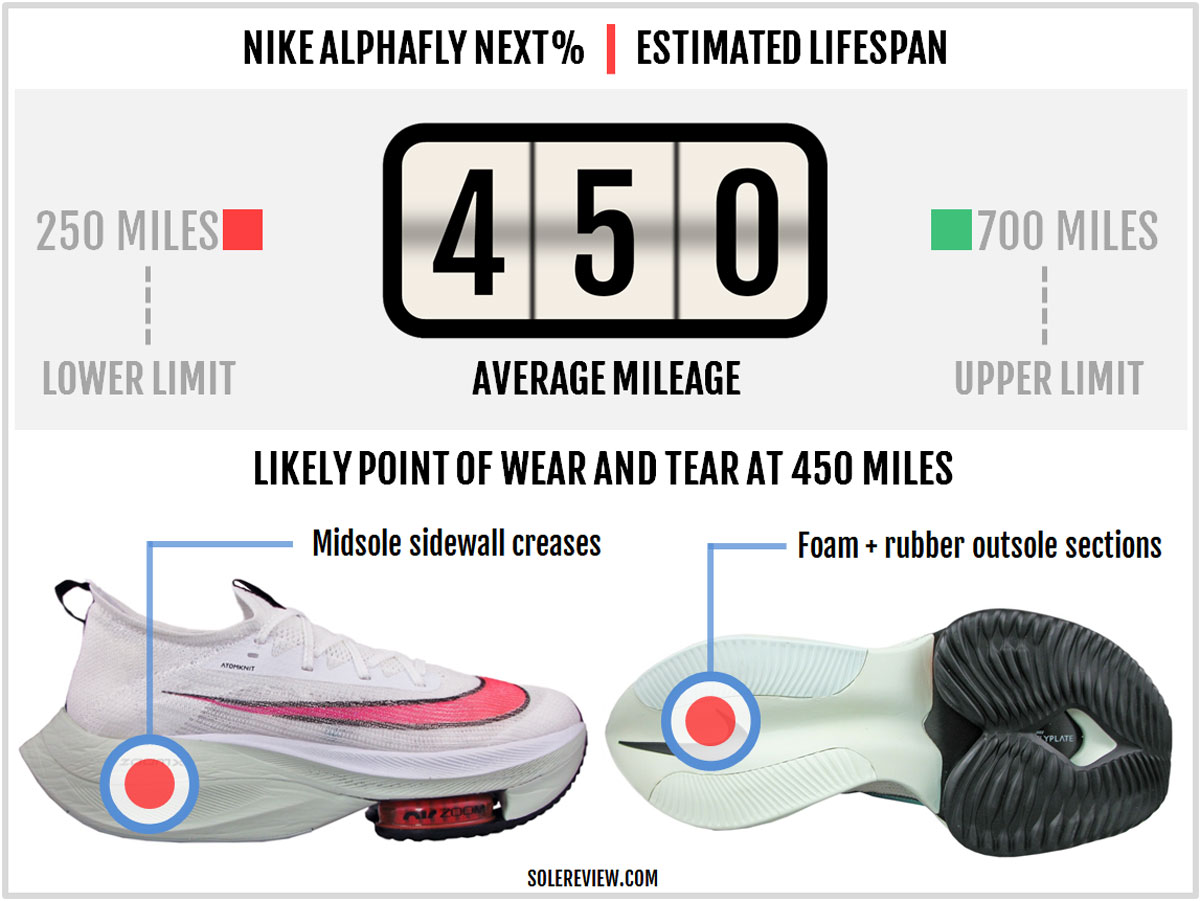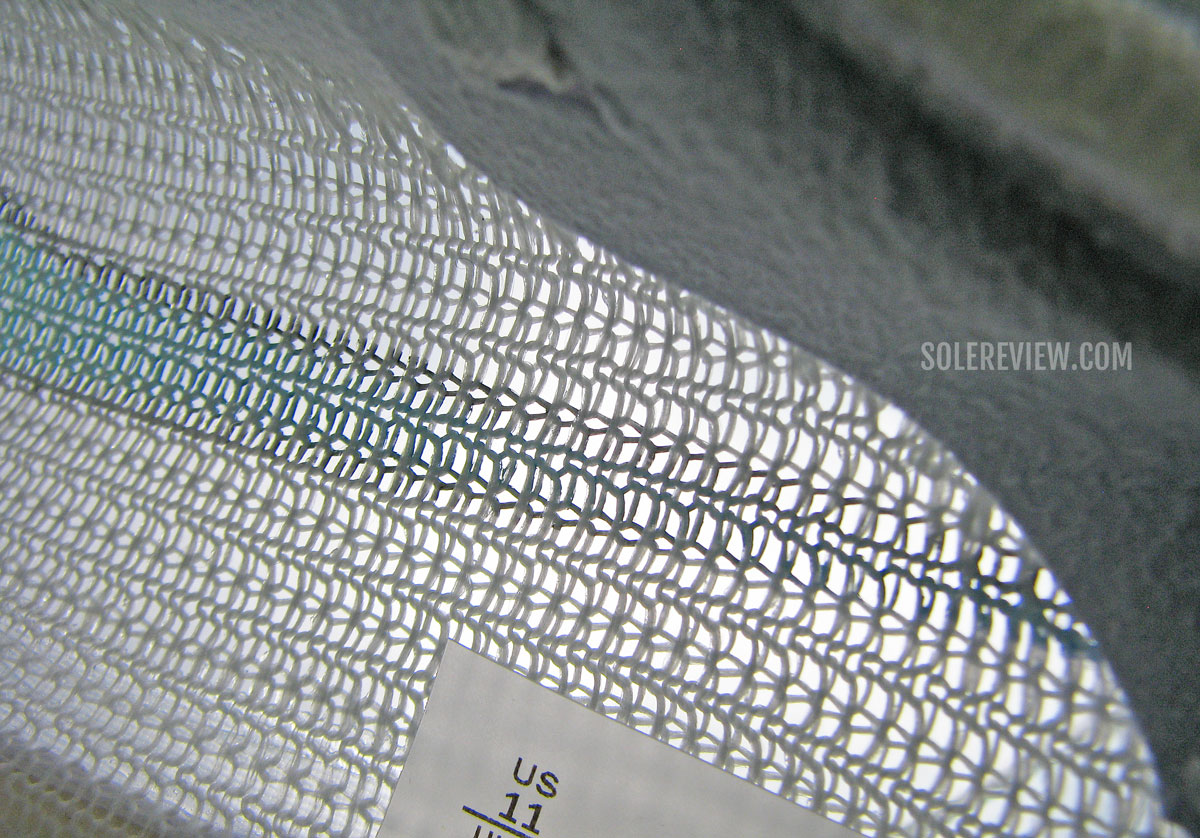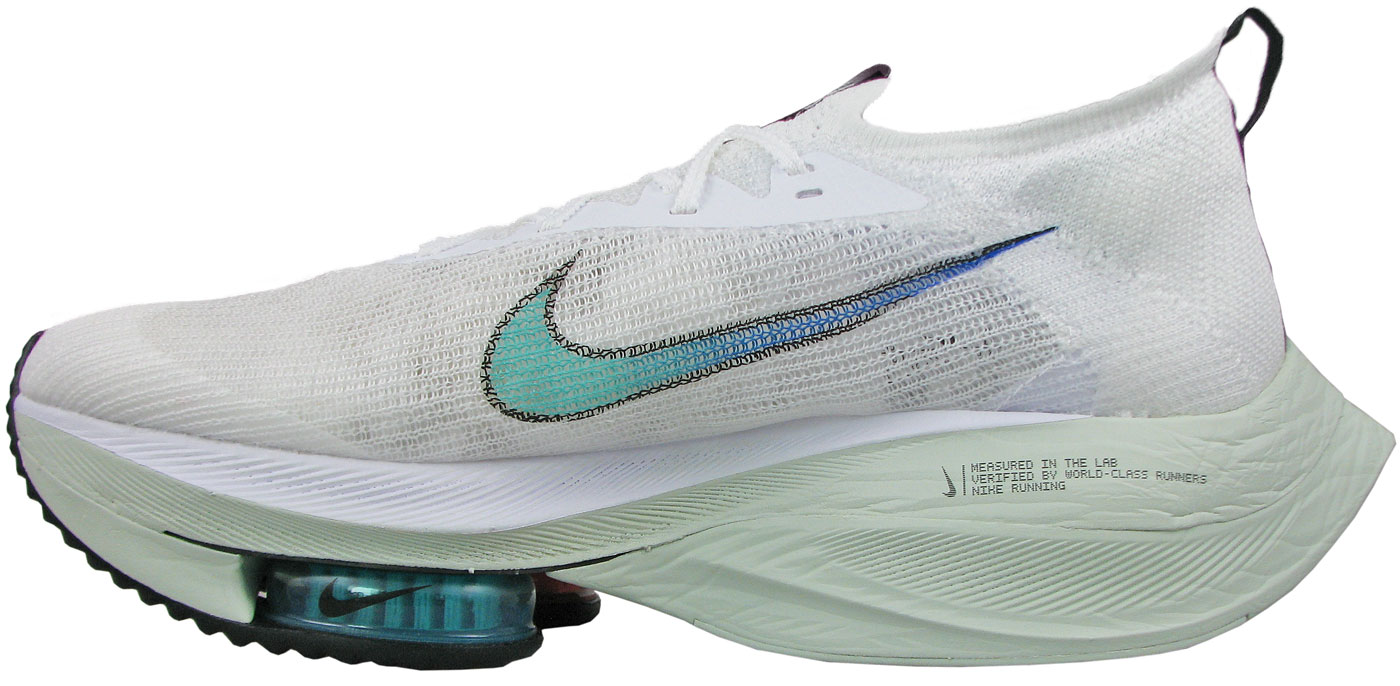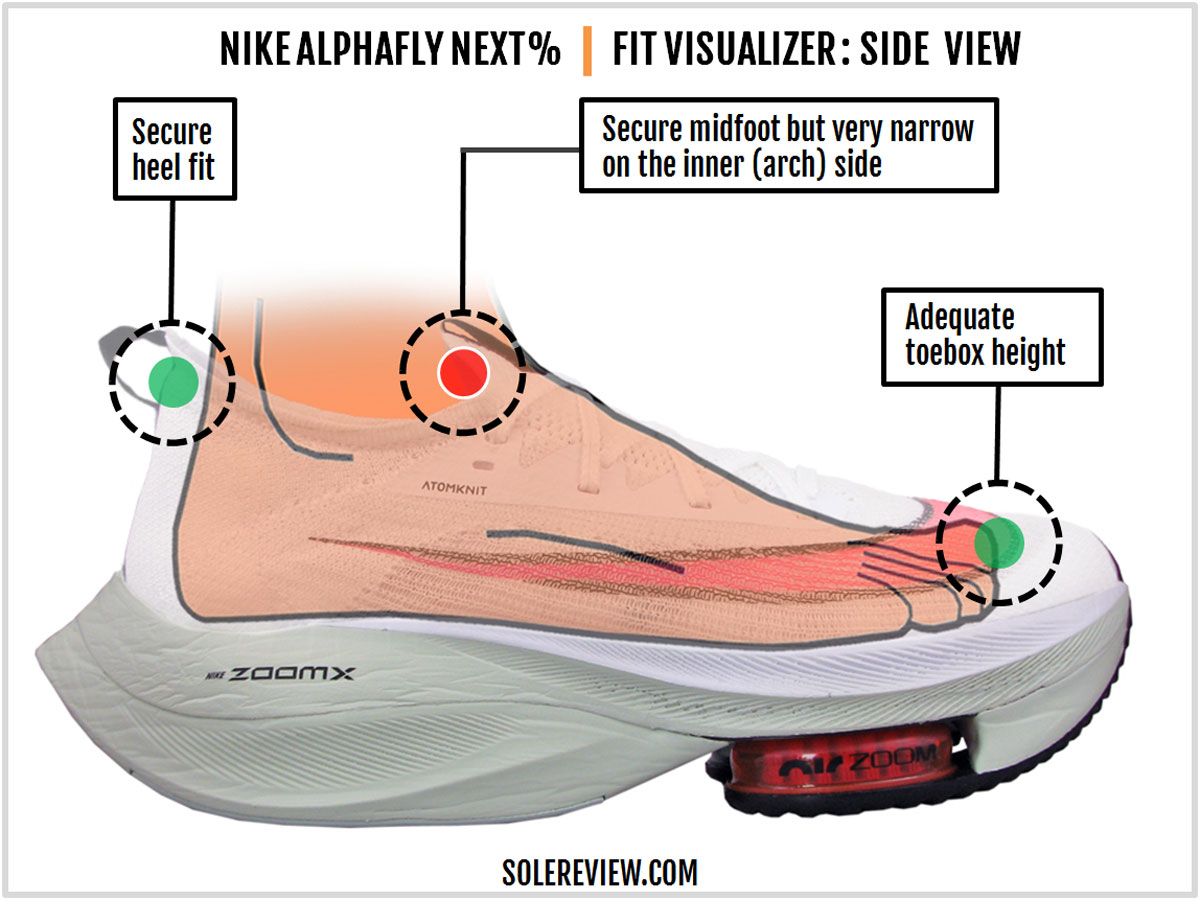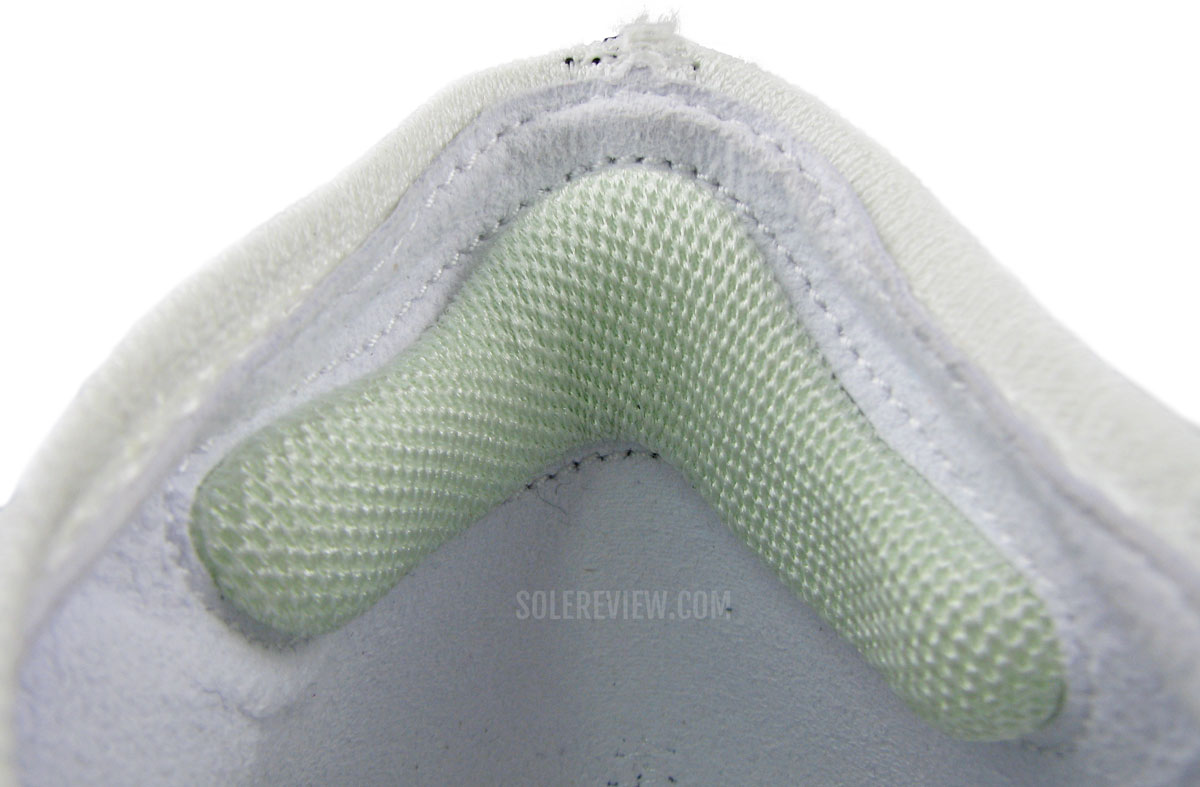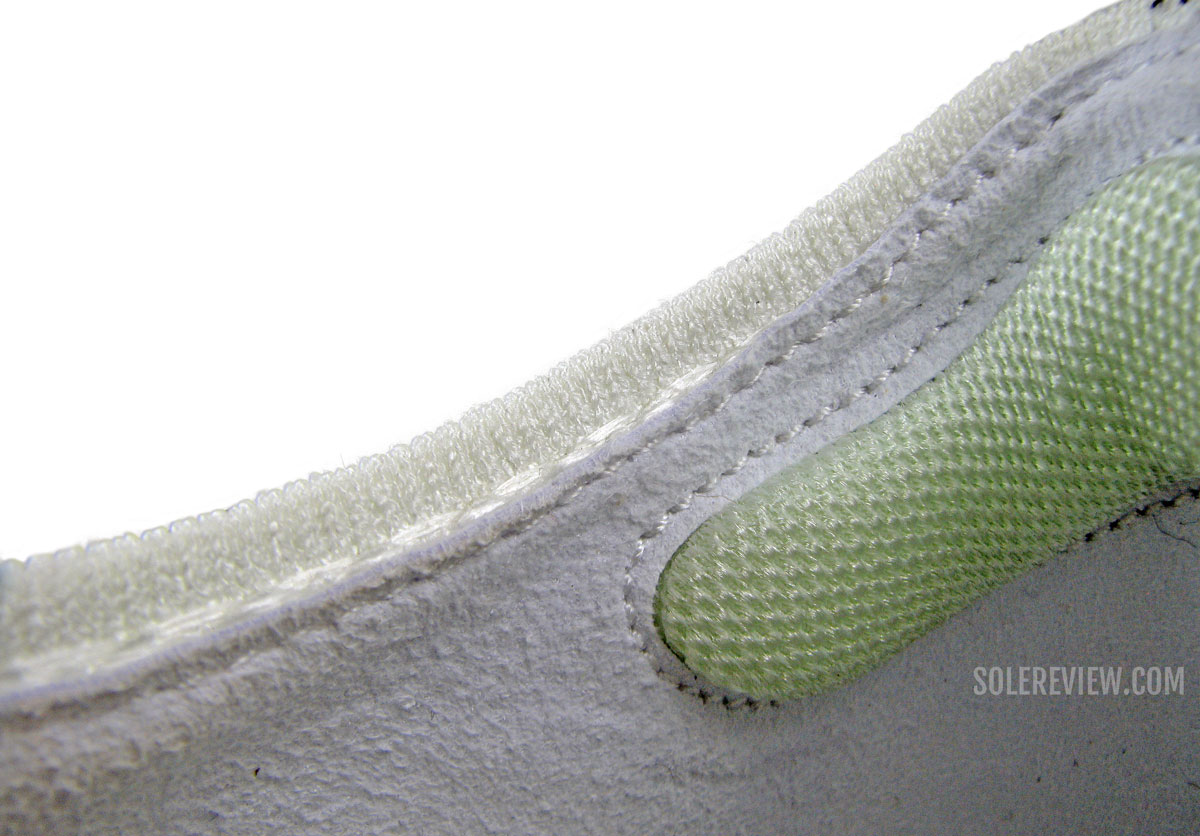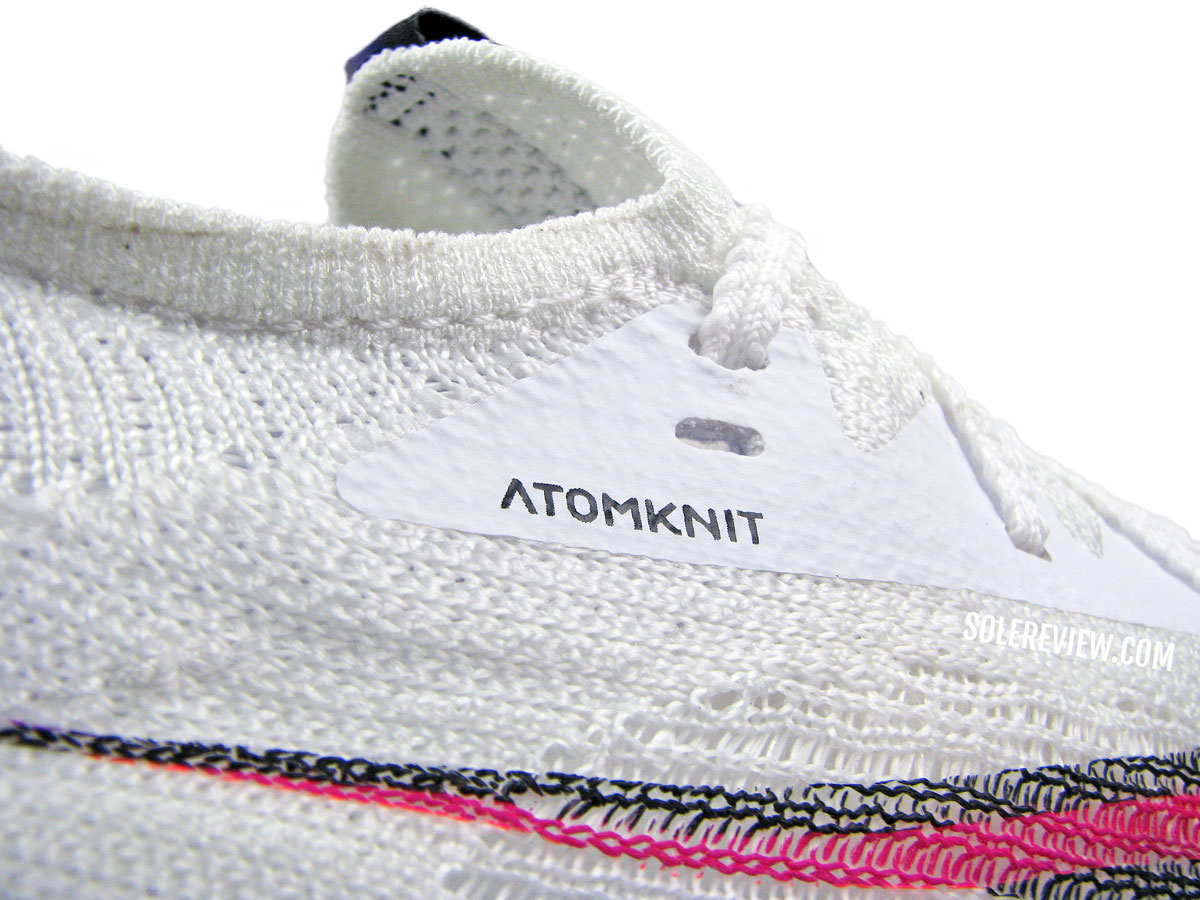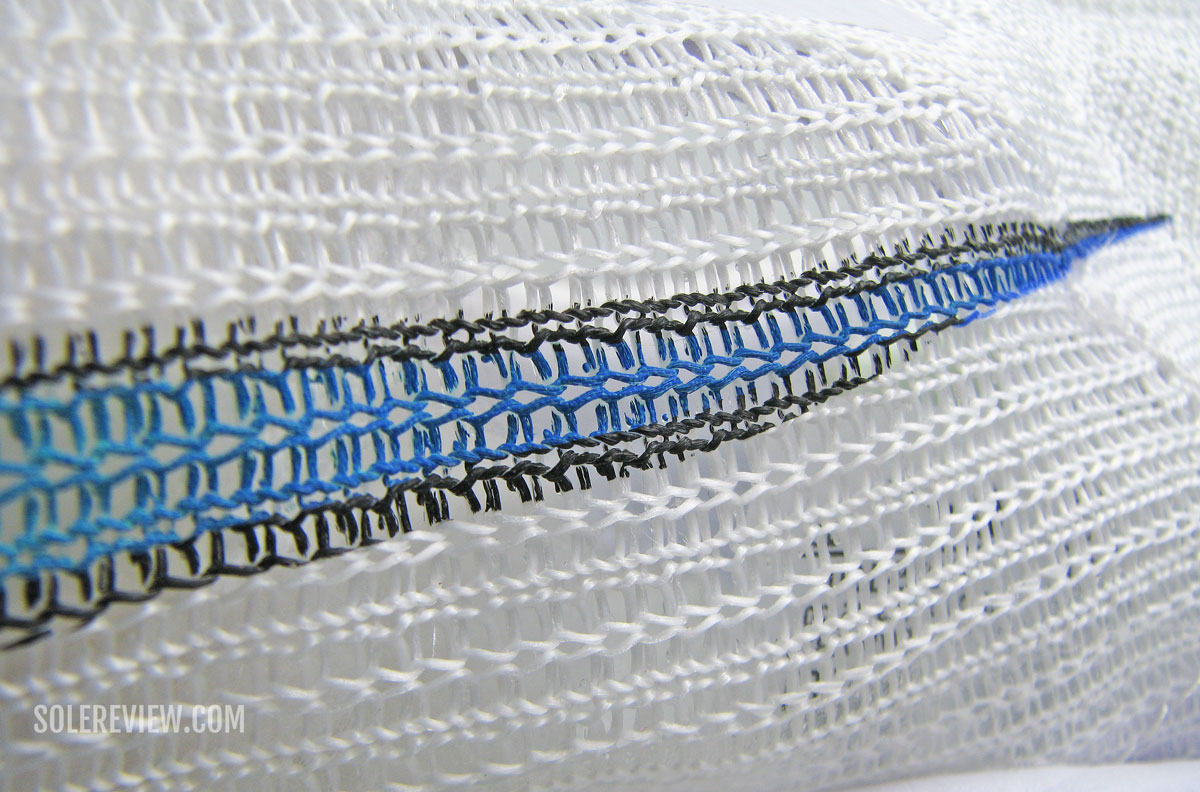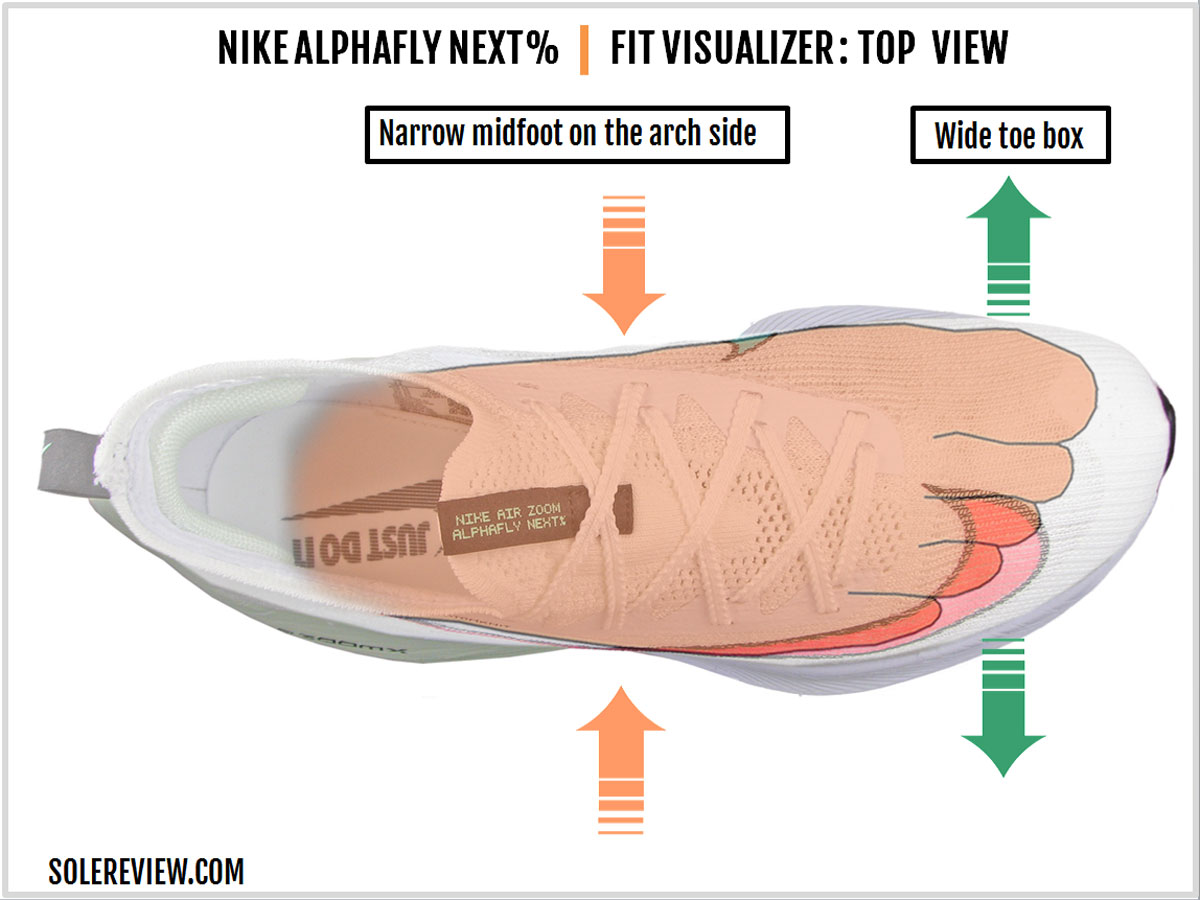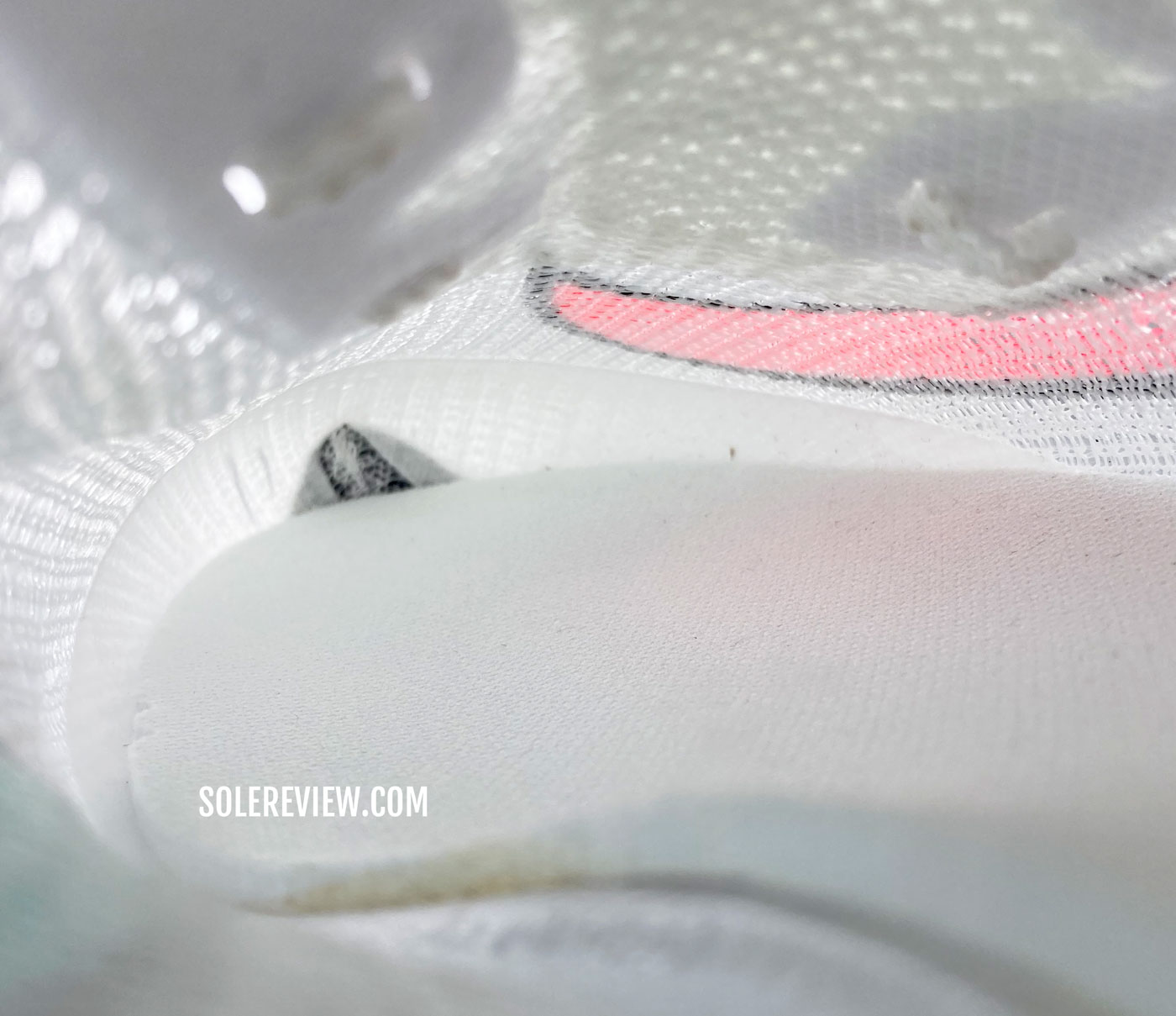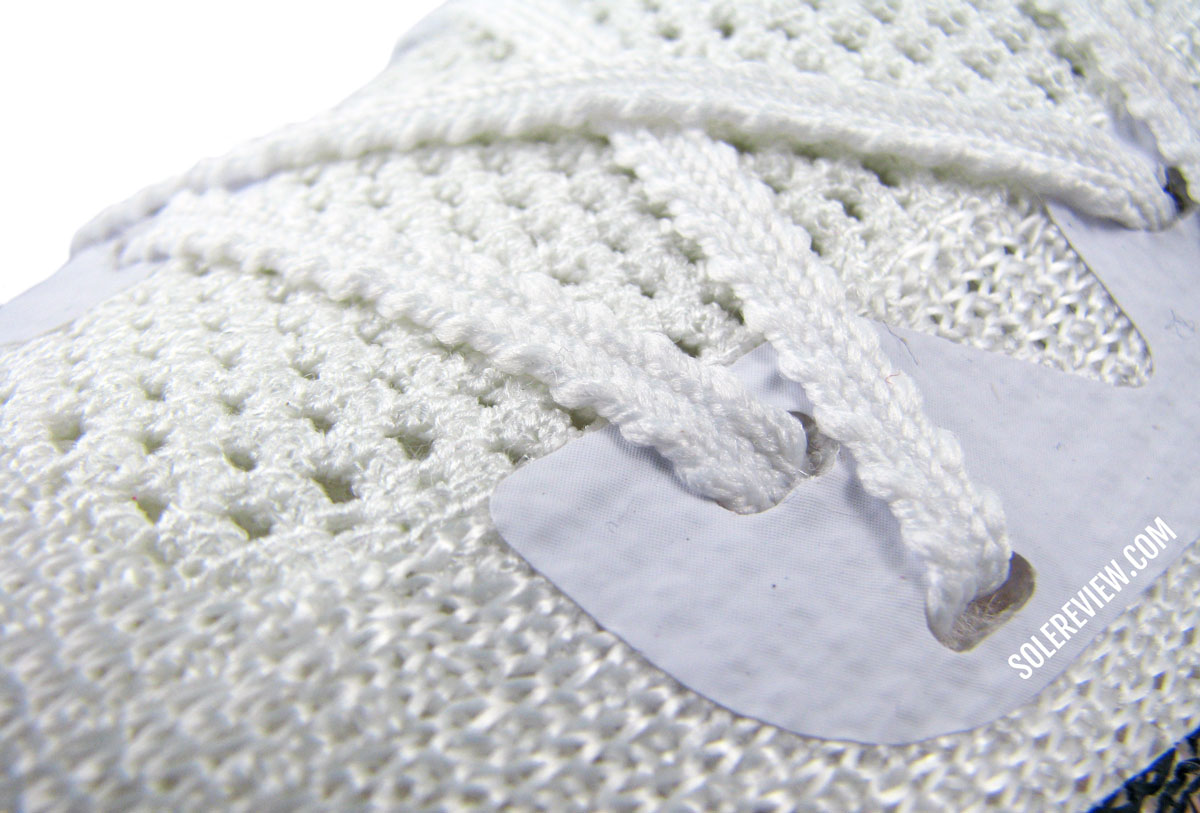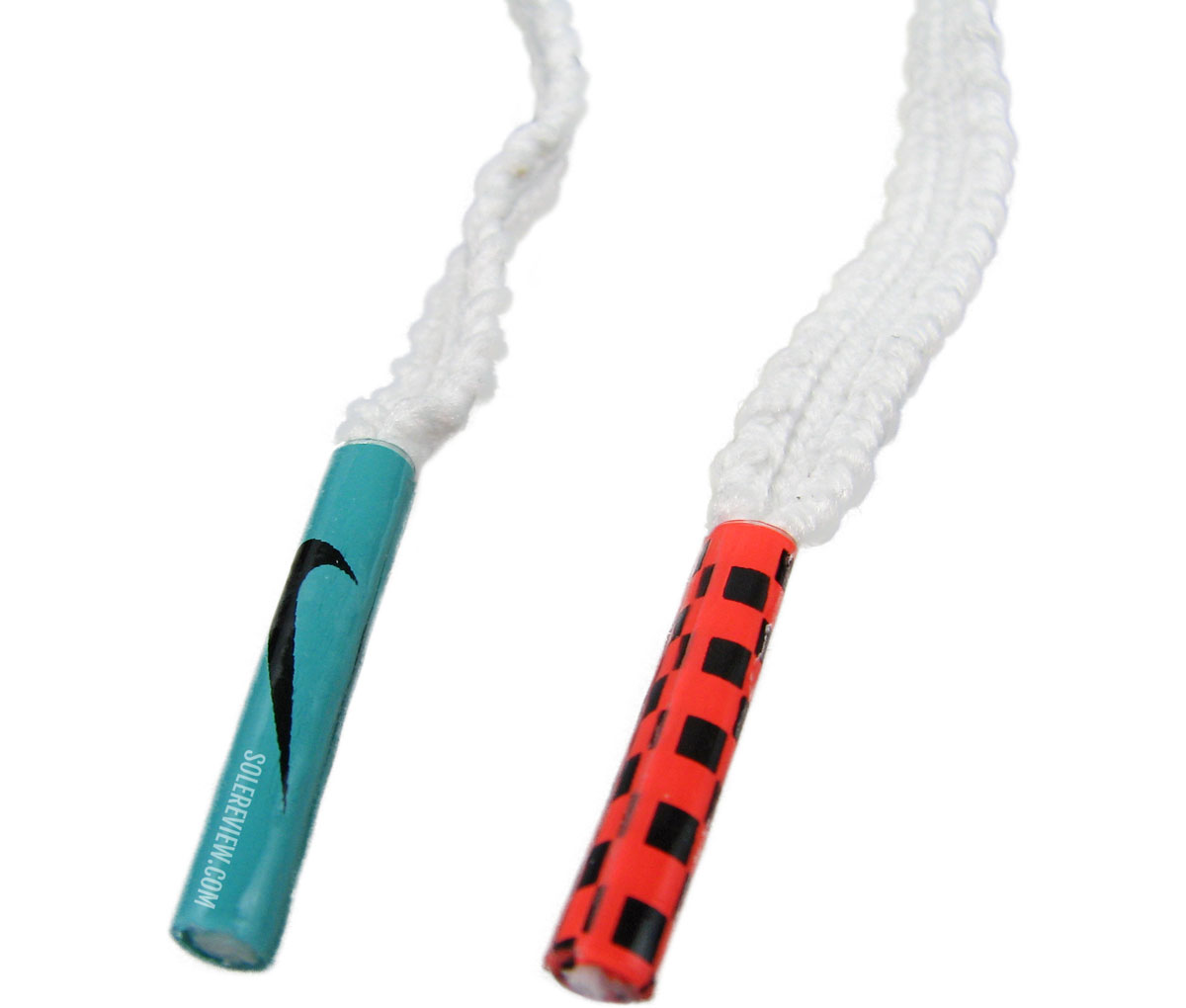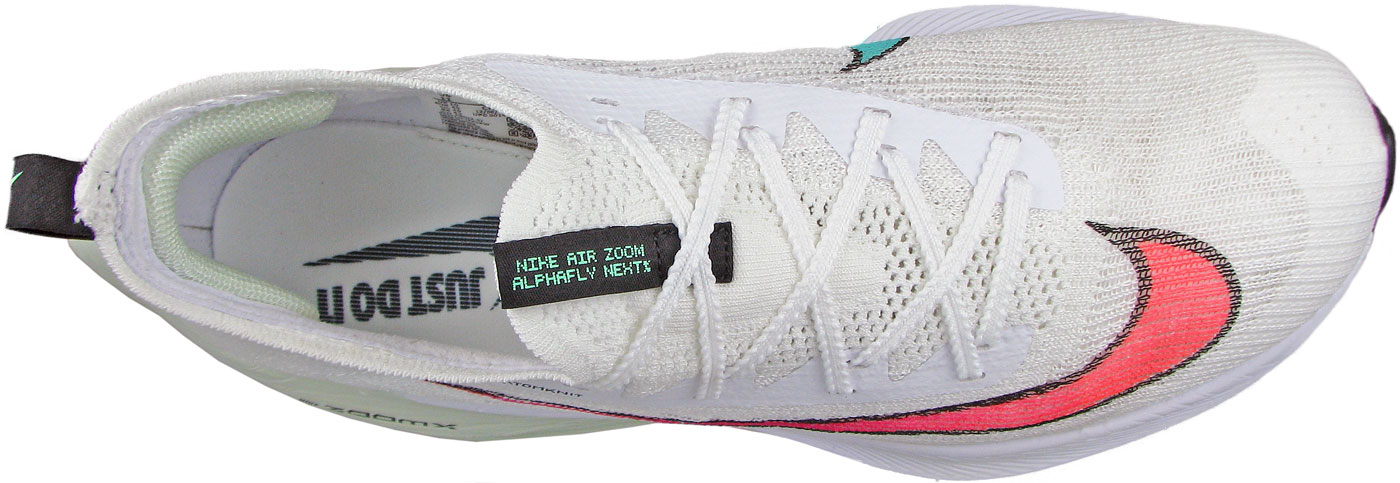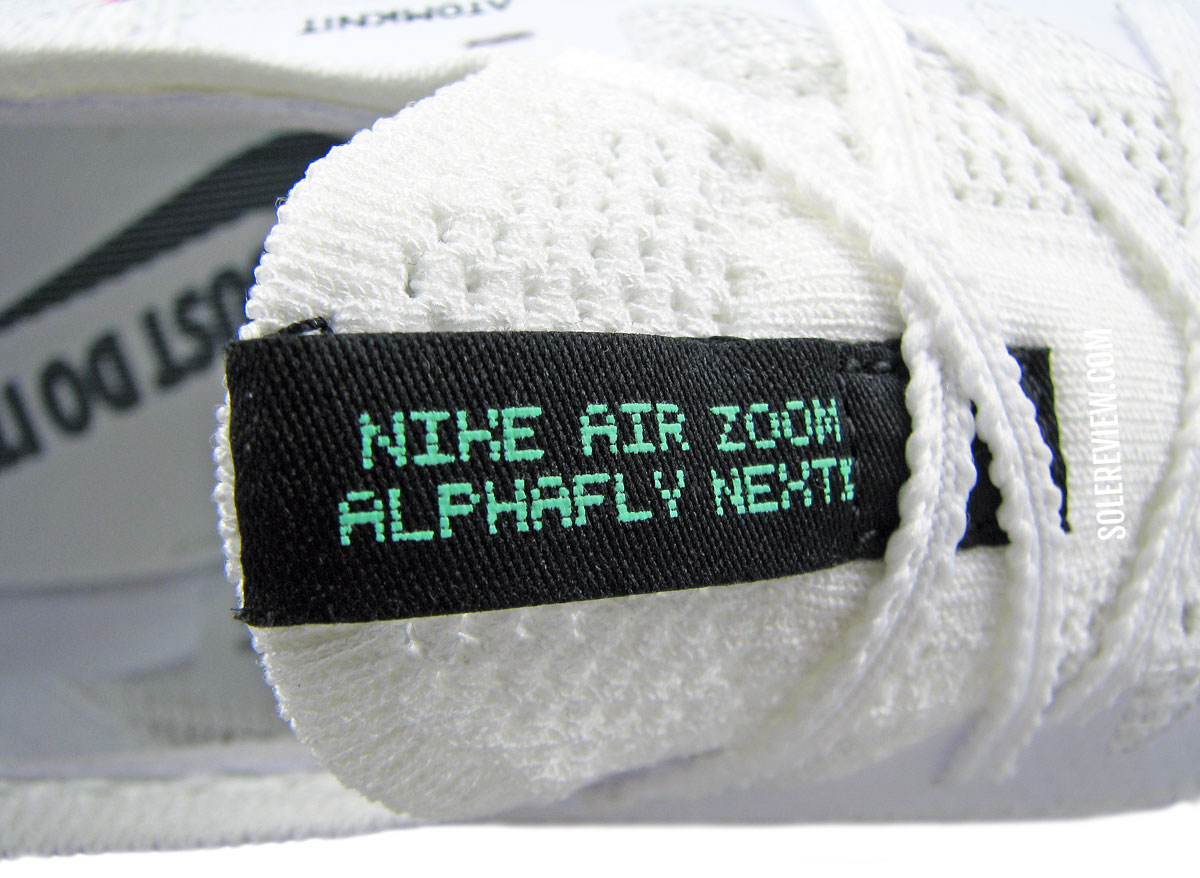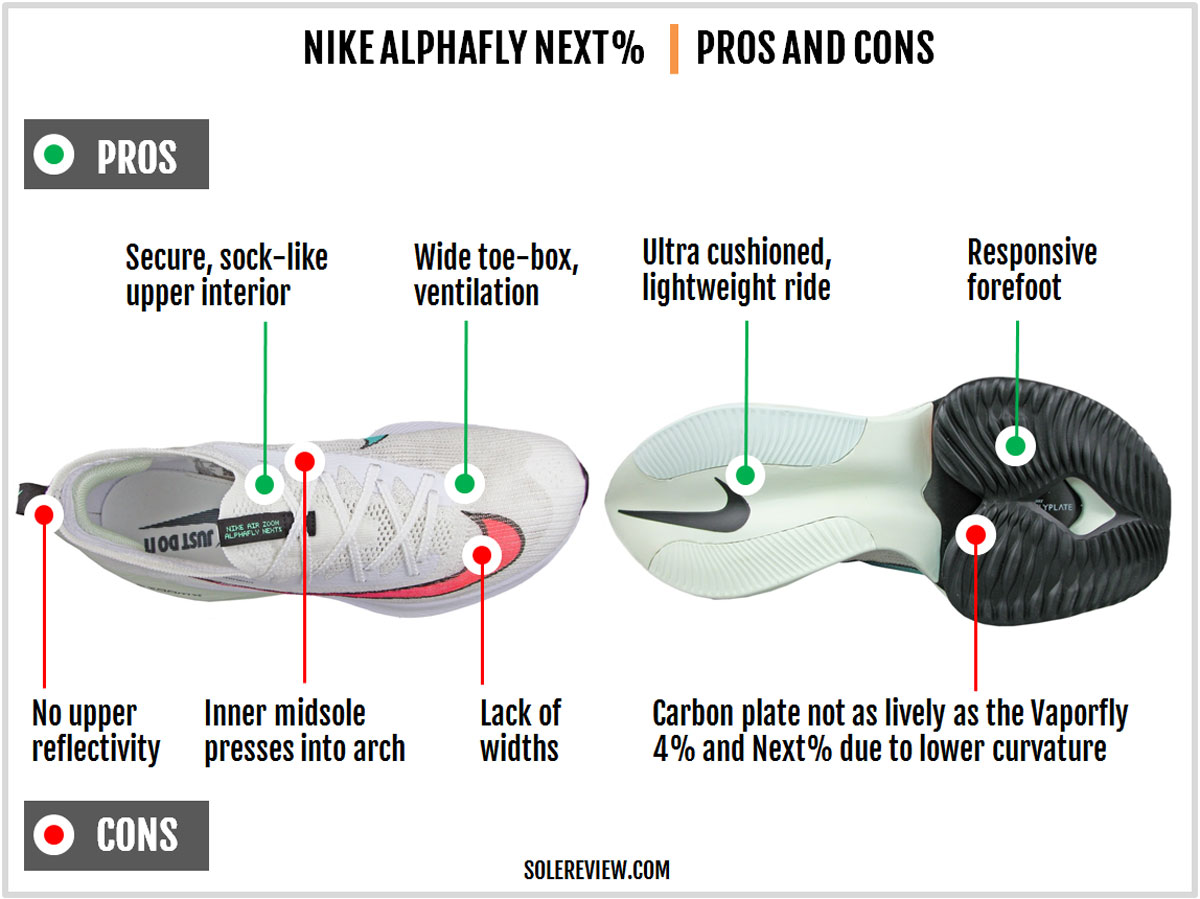INTRODUCTION
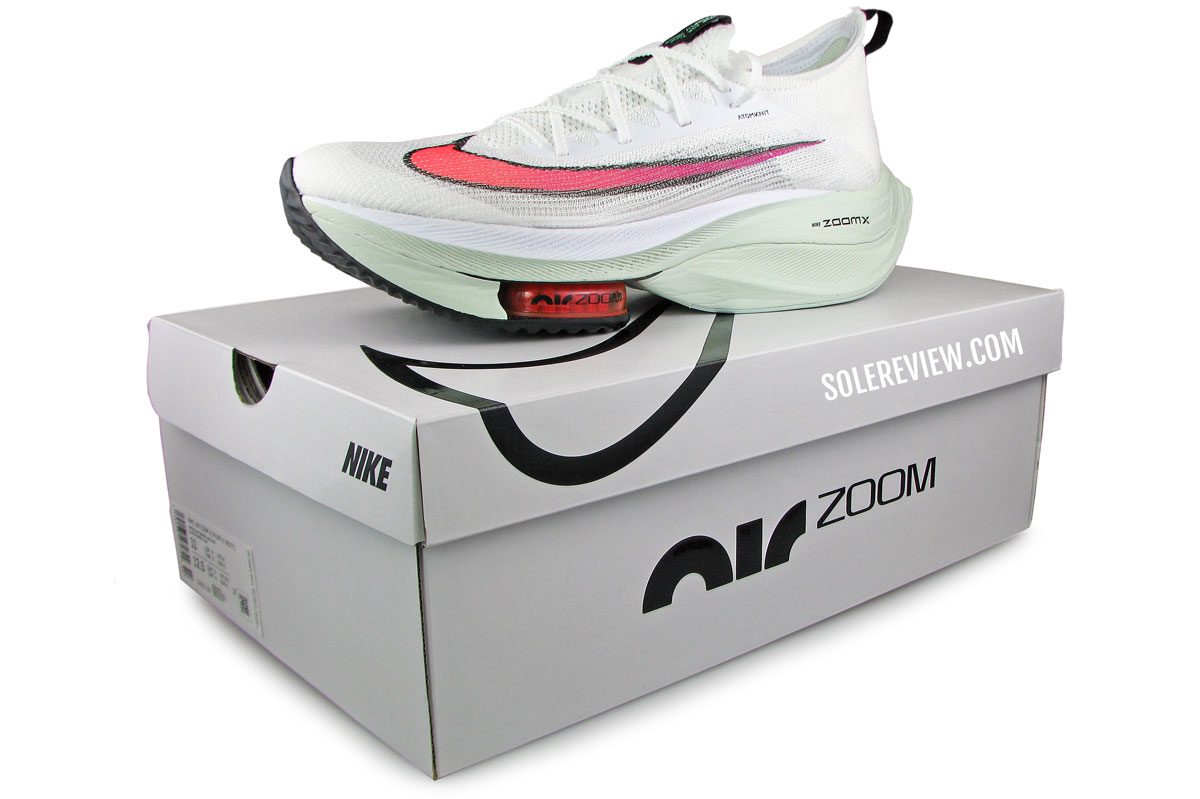
For most of Nike’s footwear history, ‘visible’ Nike Air has been a marketing gimmick. Mostly, not always.
Nike Air, by itself, was truly innovative for its era. It’s important to remember that cushioning technologies like Nike Air, Asics Gel, Reebok Hexalite, and the Mizuno Wave were invented when midsole foams were far inferior by modern standards.
Back in the day, EVA (Ethylene Vinyl Acetate) foams were susceptible to flattening. Naturally, that led to degraded performance, with the loss of cushioning and stability being two undesirable outcomes.
And opting for a Polyurethane midsole was a classic catch-22 situation. While PU midsoles promised short-term durability, that came at the cost of long-term durability (the ‘bread crumb’ effect) and zero cushioning. Some of the older PU running shoes had midsoles that were hard enough to hammer a nail into drywall.
So augmented cushioning platforms like Nike Air helped slow down the inevitable material fatigue while elevating the cushioning experience.
Then one day in the Spring of 1987, Nike decided to show and tell the Air cushioning. Eight years after the first Air shoe (the Tailwind) arrived, Nike showed what Air actually looked like. For the first time, running shoes looked cool.
The rest is history. The visible Air tech would go on to become a crowd-pleasing blockbuster, one that firmly put Nike on the path to becoming a footwear industry behemoth.
Many Nike models that originally used ‘Max Air’ units are still in production today, though they target a different demographic consisting of sneakerphiles and athleisure consumers.
We used the word gimmick to describe visible Air because it does not offer additional performance benefits over embedded Air midsoles. We’ve seen that in shoes with 360° Max Air midsoles, and present-day models like the VaporMax Flyknit.
It’s safe to say that Nike Air is divorced from its original purpose – that to support a midsole made of inferior foam.
In 2021, we don’t need cushioning inserts, the same way we don’t require stability-oriented medial posts – we have incredible midsole foams like adidas Boost, Nike ZoomX, Reebok Floatride, and the Saucony Everun. Other brands have either ditched their cushioning inserts or are halfway there.
It’s not hard to find examples. Many newer Asics shoes have no Gel units. Brooks abandoned their DNA Gel cushioning several years ago. By the looks of the Wave Sky 4, Mizuno will get there – eventually. Even Nike has its all-React thing going. And the Saucony Grid? What’s that?
But are all cushioning inserts redundant? And more importantly, are all ‘visible’ Nike Air platforms the same?
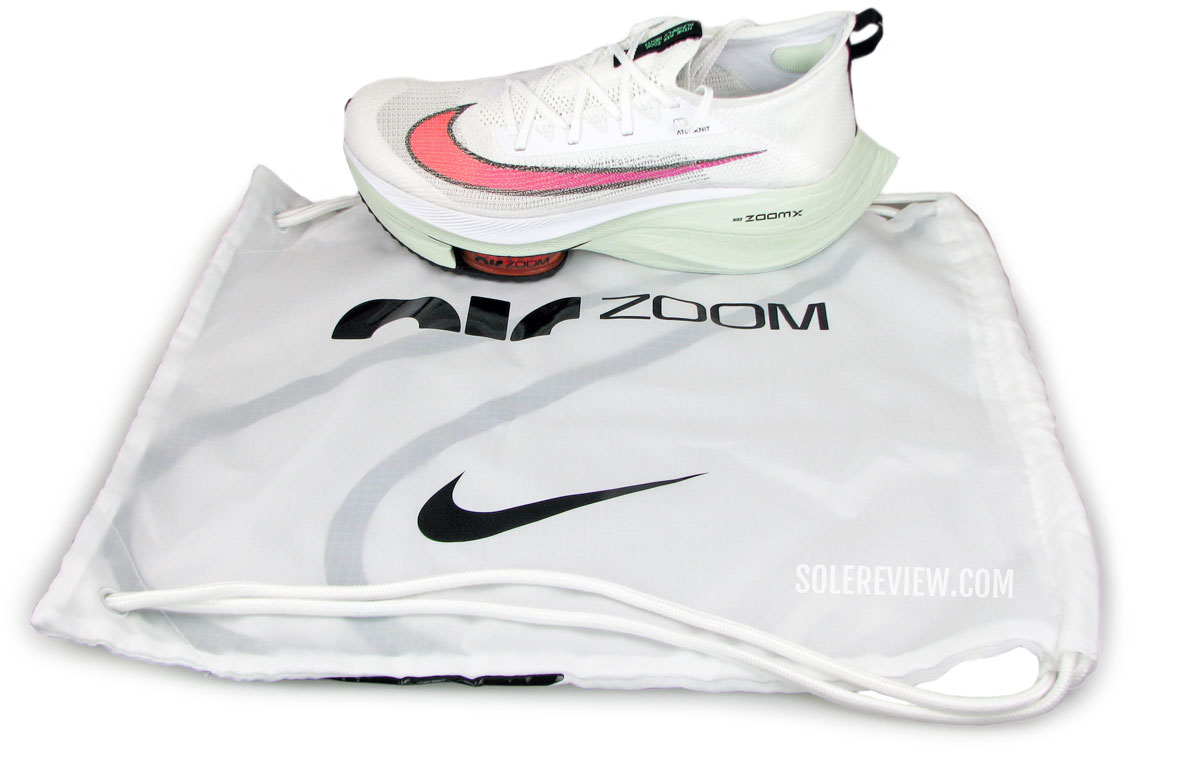
For a long time, Nike’s Zoom Air has been the silent, unsung hero of the visible Air plotline. Most of the time, it was hidden away from the public eye, buried deep within layers of midsole foam. As evident in our past reviews, Solereview had to go to great lengths to uncover them.
Zoom Air has always been the more ‘serious’ performance part of the Nike Air construct, thanks to its drop-stitched design. Thousands of fibers connect the floor and ceiling of the Air bag, thus imparting it with the tightly-sprung and responsive feel we’ve all come to know and love.
The Nike Streak has Zoom Air, and so do the Pegasus 37 and Structure 23. However, the visible version of Zoom Air has been a less common sight through Nike’s history, though there have been exceptions.
More than a decade ago, Nike used to retail running shoes with ‘caged’ Zoom – a visible Zoom Air unit protected by a latticed TPU shell. The Nike Katana Cage, Speed Cage, and Spiridon Cage are notable examples.
While Nike’s basketball footwear had several visible Zoom Air releases over the recent years, running shoes have stuck to tried-and-tested midsoles with concealed Zoom Air.
The Zoom AlphaFly Next% changes that. Two Zoom Air bags in the forefoot find themselves in a unique situation; there’s a Carbon Fiber plate and layer of ZoomX foam above them – and a rubber outsole underneath.
But this isn’t your standard Zoom Air bag. It’s a hybrid between a Vapormax style Max Air pillar and Zoom – the inflated chamber isn’t entirely filled with drop-stitched fibers. Naturally, it doesn’t feel like a true Zoom Air unit, but somewhere in between.
So the question is; does the Air bag add value to the existing template made popular by the Vaporfly 4% and NEXT%?
In other words, can three of Nike’s premier cushioning tech – namely the Carbon Fiber plate, ZoomX foam, and Zoom Air bag – maintain a symbiotic relationship without one-upping the other?
The answer is an emphatic no.
The Zoom Air bags alter the geography of the Carbon Fiber plate, which in turn, dilutes the snappy rearfoot sensation. And more importantly, the stark contrast between the front and rear softness results in a rather unusual transition quality.
The Alphafly NEXT% is quite the looker and a decent performer, but a running shoe that nobody asked for.
This is purely conjecture, but we assume that the Zoom Air-equipped Alphafly was introduced to allow the creation of a trickle-down product line with visible Zoom Air. The Tempo Next% and SuperRep 2 come to mind, and so do lifestyle sneakers like the Zoom Double stacked and Air Zoom Type.
The Alphafly isn’t just about a visible Zoom Air bag; it also showcases the Carbon fiber plate. Hitherto hidden by layers of foam, the Alphafly brings out the plate into the open. Nike even has a name for the now-visible component – Flyplate.
Most running shoes do well when viewed in isolation, so the Alphafly is no different.
The high volume ZoomX midsole produces an extremely cushioned and responsive ride in a hyper-lightweight form factor. This design is very convenient for high-mileage runs, as the thick foam stack keeps the feet fresh over long-distance runs.
Except for the uber-narrow midfoot, the insides of the upper feel excellent. The surprisingly wide and roomy toe-box is a strange and pleasant contrast with the ultra-slim midfoot waist that hugs the arch. The bootie-type collar does its job and delivers a confidence-inspiring heel fit.
In short, the Alphafly Next% is a comfortable running shoe that’s suitable for daily runs, threshold workouts, and high-mileage cruising at respectable paces.
It’s also an excellent specimen of what can be accomplished with running shoe design. It’s hard enough to put a Carbon plate inside a bouncy foam midsole. But to add two Air bags to the mix? Rad.
But.
If you’re looking for Nike’s spring-loaded archetype, the Vaporfly Next% is what you should buy. We explain why; read on.
THE RIDE EXPERIENCE
This comparative image explains the altered mechanics of Nike’s signature Carbon Fiber plate design, and pretty much sums up what the Alphafly NEXT% is about. We don’t believe anybody on the internet has pointed this out so far, so we trust this adds value to the review.
We used the image of the Vaporfly 4% to compare the plate dynamics with the Alpha. The Vaporfly Next% too, has a similar profile as the 4%. But since we don’t have a tear-down image, so the 4% will do as just as nicely.
Two things need to happen for Nike’s Carbon Fiber plate to deliver its signature, spring-like snap. First, it must be fixed firmly in the front. In other words, the closer it is to the outsole, the better it is. Or lower the anchor point, the higher the springboard response in the rear.
Two, the greater the curve of the plate, the higher the responsiveness. The front end of the plate should be much lower than the rear – or floating – end of the plate. A plate with a higher curve conserves greater potential energy when loaded.
Here, both the Vaporfly 4% and NEXT% outperform the Alpha. The front end of the plate on both models is lower to the ground. In contrast, there’s barely any curve in the Alphafly’s plate.
Sure, the plate is much wider and supposedly has varying thickness(es) depending on the shoe size. But it doesn’t help that the plate rests on the softer Zoom/Max Air bags instead of the outsole, and that the plate lacks the prominent slope of the VF 4% and the NEXT%.
The 4 mm heel-to-toe offset is irrelevant to the curvature of the plate. As long as the midsole is thick enough, it could, hypothetically speaking, accommodate a curved plate while maintaining a 0 mm offset.
Given the change of circumstances, it’s no surprise that the Alphafly’s ‘springboard effect’ isn’t as pronounced as the Vaporfly models. So if you had a nagging feeling that the plate isn’t working as well as it should, now you know why.
There’s a trade-off for everything. Here, the high-volume and ultra-wide midsole help increase stability. It also helps that the rear outsole has a scooped section that helps keep the weight and transition centered.
The same high-volume midsole also tones down the springboard effect of the plate. It’s not dissimilar to the Vaporfly NEXT%, but then that shoe didn’t have a Zoom Air bag. But when you compare the Alpha with the 4%, the difference is very noticeable.
Here’s how the 4% and Alpha appear from underneath. The difference is very apparent; the 4% has a much slimmer profile. This means that the foam-to-plate volume ratio is lower on the 4%, and this isolates the spring-like effect of the plate better than the Alpha.
On the 4%, one could feel the plate tensing where the forefoot and midfoot met; a tension that would later translate into the now-famous Vaporfly snap.
On the other hand, the VF 4% suffered from low levels of heel stability. As we said, there’s a cost-to-benefit formula that applies to most running shoes.
Is there a performance upside of displacing ZoomX foam with a ZoomAir bag? That’s debatable at best.
As we said at the beginning of this review, cushioning inserts were invented to compensate for the shortcomings of midsole foams.
The Alphafly’s Zoom Air bag(s) exists under a completely changed set of circumstances; the namesake ZoomX foam is lighter, softer, and more responsive than the compressed Air bag.
Sure, one feels the Zoom Air bags working under the forefoot. At the same time, it’s not as pure an experience as the VF Next% or the 4%.
Even though the Zoom pillars are topped with the plate, transitions not do feel as seamless as they would on a simple ZoomX + Carbon plate set-up.
It’s worth bearing in mind that this isn’t a ‘true’ Zoom Air bag, but rather a fascinating meld of Max Air and Zoom. As you can see here, the chambers aren’t fully filled with the fibers. There’s a lot of vacant space around, and between the fibers. Bluntly put, it’s more Max Air than Zoom.
Though the Alphafly is still very good at what it does, comparison is the thief of joy. Or so they say.
One thing’s that strange about the Alphafly is its ultra-slim midfoot. Though the heel and forefoot have a wide footprint, both curve sharply inwards to meet – and form – a very slim midfoot waist.
It’s so slim that the foot arch rests directly over the midsole sidewall. This is very noticeable during the first few wearings, though the sensation gradually subsides over time.
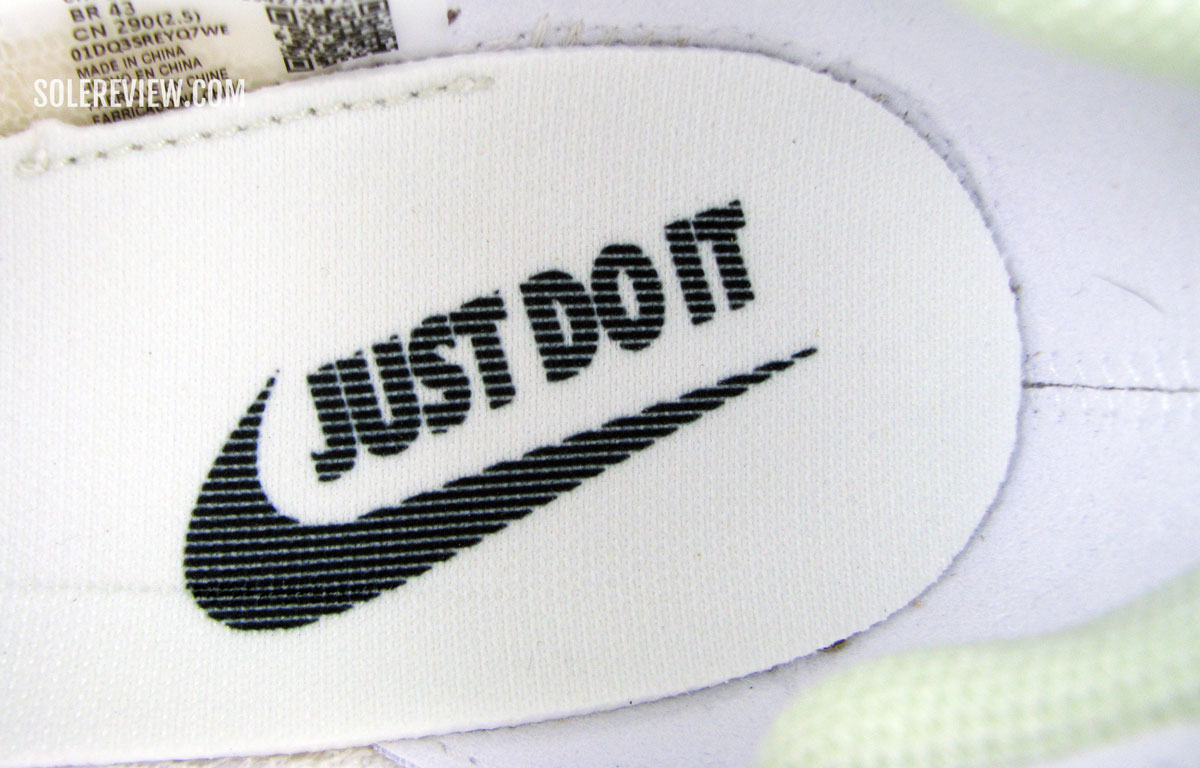
The insole is glued and immovable. Which is good during races, but no help when trying to filter the midsole sidewall.
However, the Alphafly would be better off without this peculiarity. If the Vaporfly 4% and NEXT% managed without it, then so can the Alpha. The glued insole is supposed to filter the edge, but on our right shoe, the insole was pasted 2 mm away from the edge. This led to the foot hanging directly over the said edge.
The rest of this review is boilerplate material.
The generous foam stack (39 mm front, 35 front) and width make the Alphafly NEXT% an excellent choice for wherever your high-mileage pursuits may take you.
ZoomX foam is abundant under the foot no matter how one lands, so the feet feels fresh over longer distances.
Regardless of its idiosyncrasies, the A/NEXT% is a ridiculously cushioned shoe.
After all, this is a 7.4-ounce shoe, so the cushioning to weight ratio far exceeds the industry mean.
Despite the lower travel of the Carbon plate, the midsole is very responsive due to the inherent bounciness of the ZoomX foam.
The plate and the rocker shape makes the quality of transitions good, but not superlative. There are two reasons why this occurs. There’s a difference in the materials and density between the forefoot and the rear. The front has the Zoom Air bag, whereas the back has foam – with the plate bridging both the sections.
The compressed Air forefoot doesn’t squish as easily as the foam rear, so it feels as if the forefoot is higher than the rear. We know that this midsole has a 4 mm heel to toe offset, and yet it rides like a zero drop shoe.
Nike has done this to the Pegasus 37 too – its midsole has a split personality due to the softer React heel and a firmer Zoom-equipped forefoot. So if this isn’t a case of Deja Vu, then we don’t know what is.
So runners who make full contact landings (also called midfoot striking) will find their bodyweight temporarily supported by two distinct halves of the midsole. It’s hard not to notice the difference in the softness – or firmness.
The fact that Nike had to heavily reinforce the forefoot outsole also plays a role in the ride experience. A thick slab of horse hoof-shaped rubber protects the Zoom Air bags.
The traction, as one would expect, is sufficient for most use-cases.
Contrast this with the rear outsole, where there’s not much rubber. The firmer outsole sections feel as if they’re made of foam, with the outer piece being firmer than the medial side.
Also, unlike the VF 4% and the NEXT%, the Alphafly’s outsole has a huge gap between the midfoot and the forefoot. As a result, the transitions aren’t as smooth as, you guessed it, the Vaporfly series.
Combine this factor with the soft heel and the firmer front, and underfoot progression feels abrupt?
By no means is the Alphafly is a slouch though. Thanks to the plated construction and the responsive, lightweight ride, it feels at ease at paces of 7 min/mile (4:30 min/km) or higher.
Threshold/Tempo runs are perfectly doable, and so are sprightly marathon excursions. What about daily runs? Sure, go crazy.
Presently, Nike’s running shoe line is in midst of a churn. There’s no middle-ground shoe that bridges the chasm between the uber-cushioned Alphafly and racing flats, but the React Miler does nicely for now. The Zoom Structure 24 and Vomero 16 are also suitable alternatives.
The upper fit isn’t perfect, but the Miler is a capable ‘daily beater’ for most runs. Or better still, get the firmer and versatile Saucony Ride 13. Low profile flats like the Streak LT4 and Saucony TypeA9 are great for speed days when you want a ‘cushioning detox.’
IS THE NIKE ALPHAFLY NEXT% DURABLE?
As long as the Zoom Air bags do not fail prematurely, the Alphafly will last as long as the Vaporfly 4% and Next%. The ZoomX creases a lot but that has little impact on the performance.
Even though the outsole is split into the hard and soft sections, the wear and tear isn’t localized. The forefoot rubber is harder wearing, but then the softer pieces in the rear are flush with the foam. They also flex along with the ZoomX midsole, thus spreading the landing and transitionary forces.
The upper looks very flimsy but has held up well since September 2020; we’ve yet to see any damage. It does help that the lasting edge has a transparent reinforcement (refer to the picture) to prevent tearing.
THE UPPER DESIGN AND FIT
The closed heel opening shouldn’t pose a problem unless the wearer has a high instep. Here, only the tongue flap is elastic; the rest of the collar isn’t.
So while there isn’t a lot of scope for adjustment, the heel fits securely without irritation.
The foam pocket inside (also seen on the VF NEXT%) adds plenty of functional comfort and grip. The Achilles area has a pull tab, but the stitching on the inside curves away from the heel to prevent chafing.
That being said, the closed entry may prove to be a psychological barrier to purchase, leading some runners to opt for the conventionally-designed Vaporfly NEXT% instead. The latter is easier to lace up and adjust, versus the Alpha’s one-size-fits-all approach.
What Nike calls ‘Atomknit’ is a rather unusual upper material. The mesh is ultra-thin and has an almost see-thru structure.
It is also extremely breathable, something that necessitated a pair of thick woolen socks when wear-testing the shoe in colder weather.
The toe-box is surprisingly wide and roomy. It’s surprising because the midfoot fit is the polar opposite. Constrained by an ultra-slim midsole, the upper fits very narrow over the arch.
On the bright side, the midfoot has a conforming fit with no slippage at all – something that helps the heel grip as well.
There’s some fit allowance built into the stretchy tongue, but it’s limited to a small area. The knotted lacing is great; unlike the flat ribbon laces, the Alpha has ribbed laces that stay tied. For whatever it’s worth, the aglets (lace tips) have some fancy graphics too.
For most running shoes with a sock-like upper, the lacing offers limited utility – as is the case with the Alphafly. The laces are useful in the sense that they prevent the stretchy tongue from expanding.
But unlike the VF NEXT%, the laces aren’t as useful in customizing the fit, meaning that it’s difficult to make the midfoot snugger without increasing the top-down pressure. There is a padded section (on the tongue) to take the edge off the lacing cinch, but there’s a limit to its filtering capabilities.
Though the narrow midfoot is more of a midsole issue, it’s inside the upper that the said tightness is experienced. A very narrow midsole leads to a cramped under-arch area, with the foot resting directly over the edge.
PROS AND CONS
Besides the obvious niceties of the Alphafly that include a very responsive and cushioned ride, we were pleasantly surprised by the roomy toe-box. The overall fit is secure and holds the foot confidently during higher-paced runs.
The Zoom Air forefoot and the foam rear makes the ride a bit disconnected. And for reasons that were detailed in the review, the lower curve of the plate results in a diluted version of the Vaporfly snap.
And, of course, the uber-slim midsole under the arch was an entirely unnecessary design choice.
THE ALPHAFLY VS. VAPORFLY NEXT%
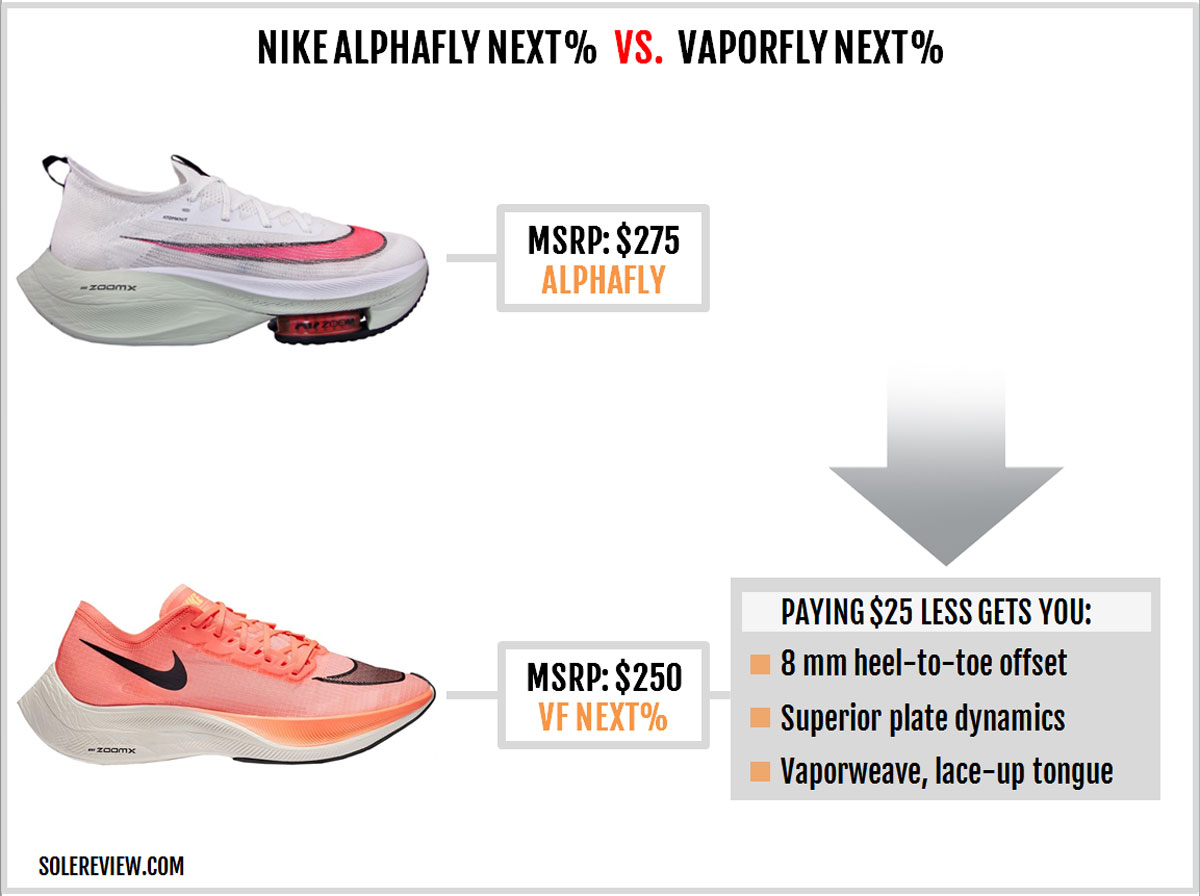
If you want the Alphafly ride experience without the cornucopia of complications like Zoom Air and other whatnots, the Vaporfly NEXT% 2 buys you the authentic Nike Carbon Plate + ZoomX foam experience. And it’s much lighter too.
If given a choice, we’d choose the Vaporfly Next% V2 over the Alphafly for its consistent ride quality and the absence of the sharp midsole edge under the arch.
Nike released the redesigned Vaporfly Next% 2 earlier this year. Though the ride quality stays the same, the Next% 2’s upper is an improvement – thanks to its redesigned lacing system and heel collar.
Do you own this shoe? Improve this review by sharing your insights – submit a review here.

